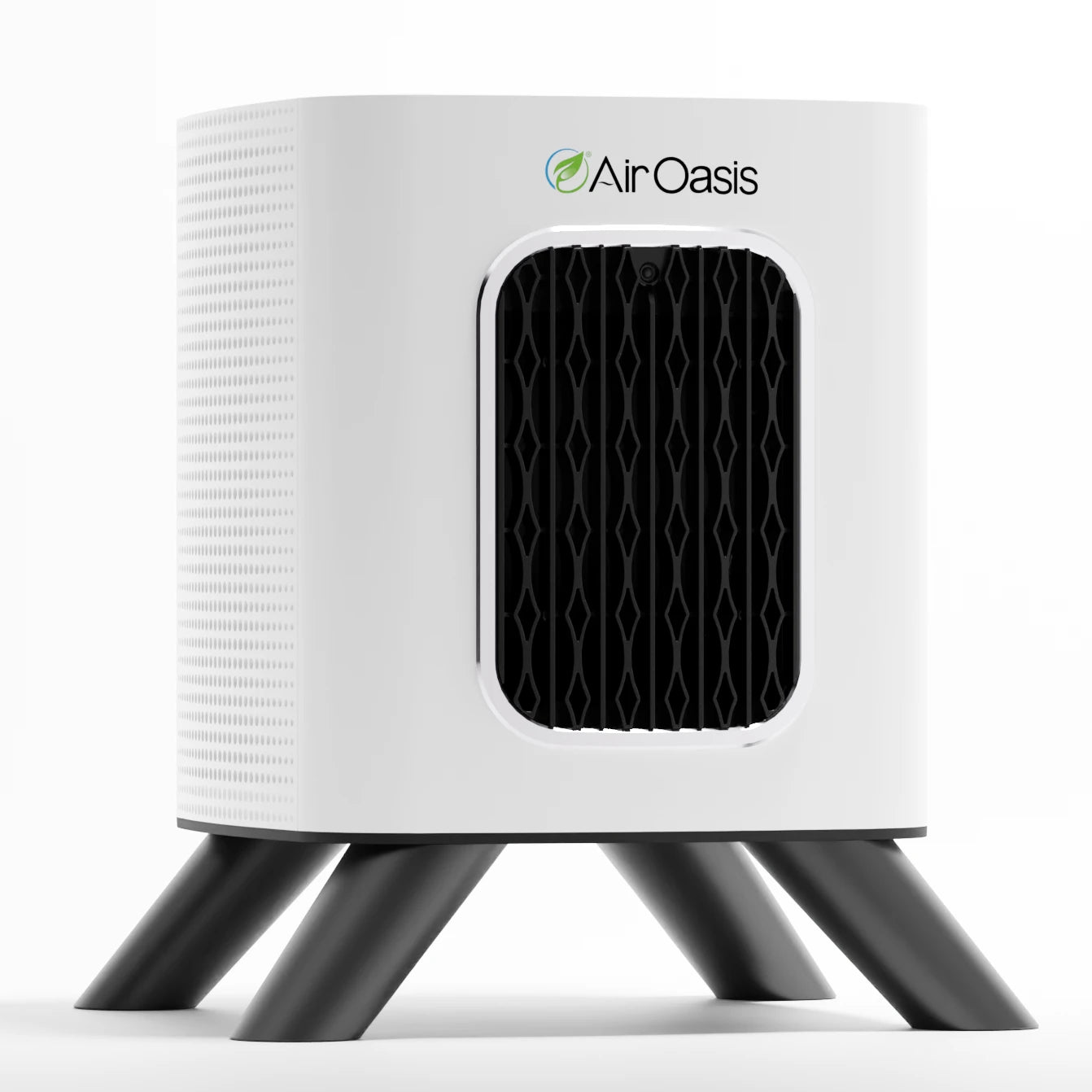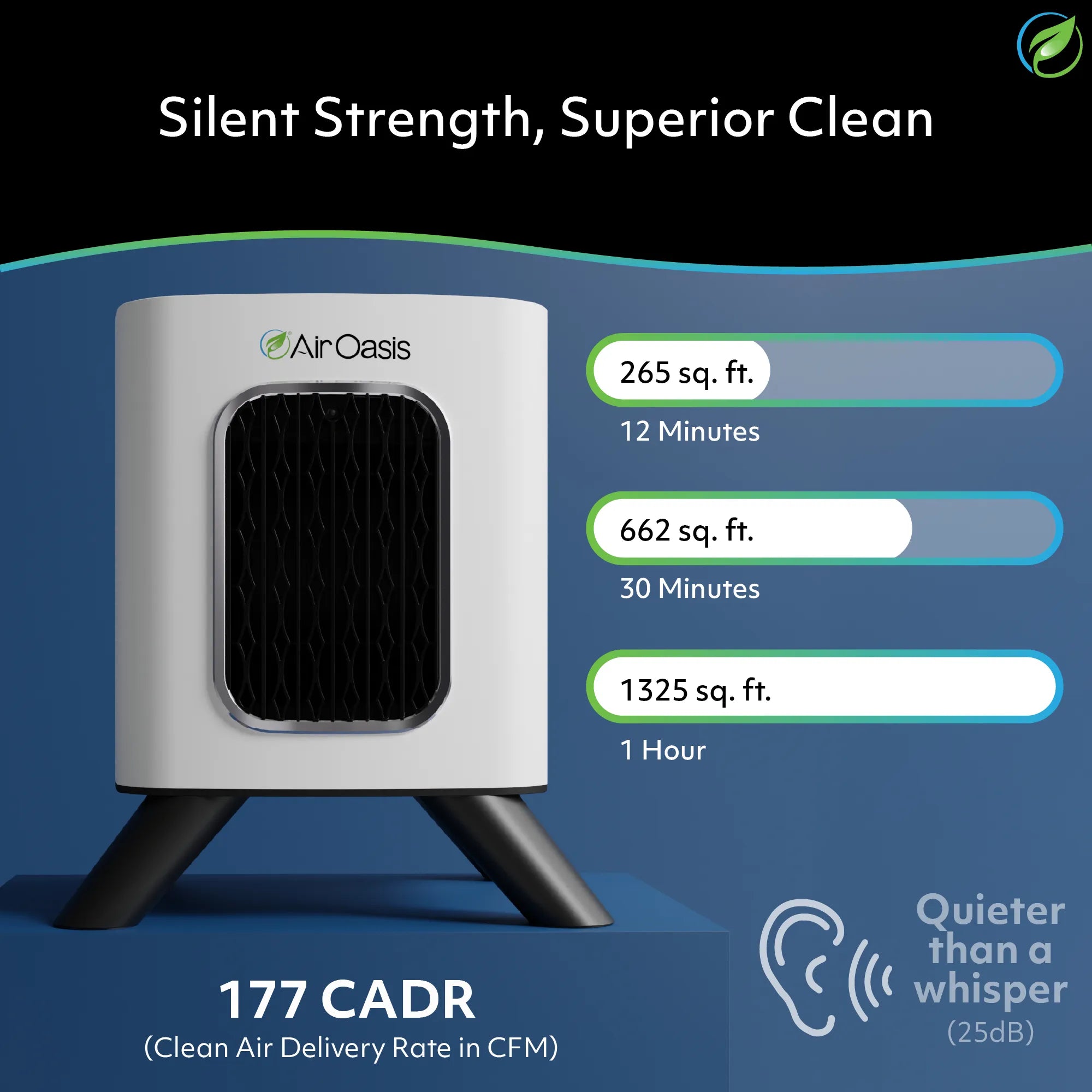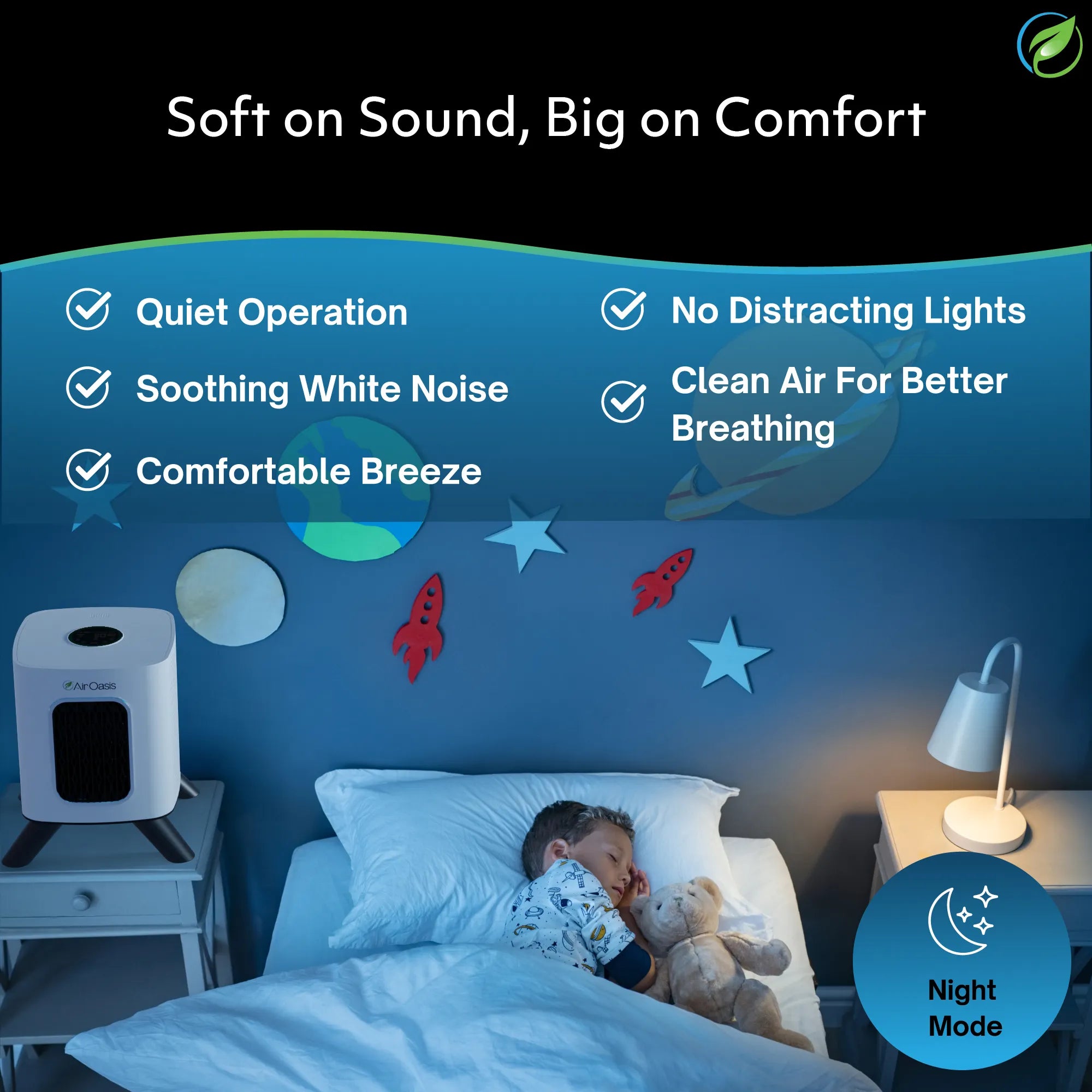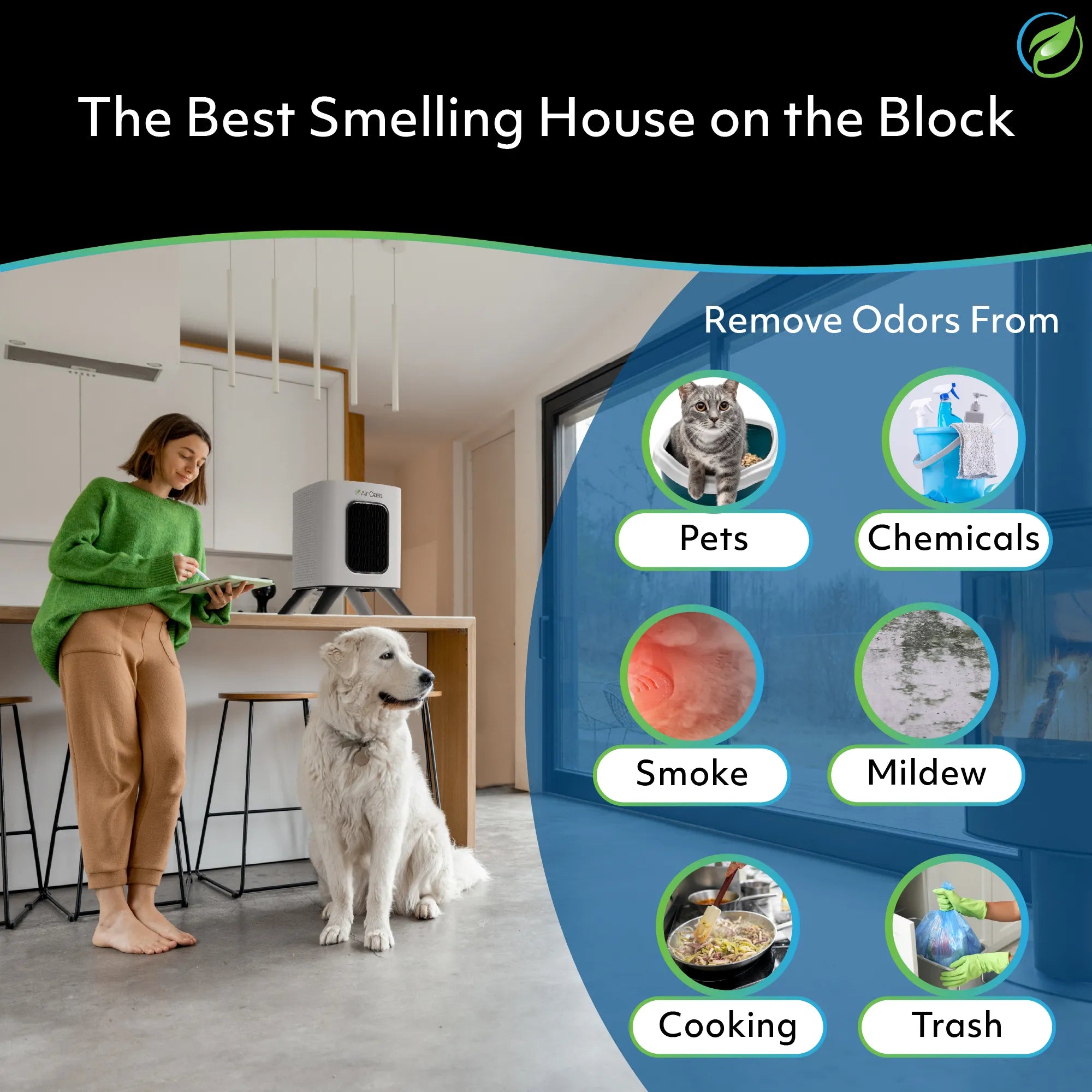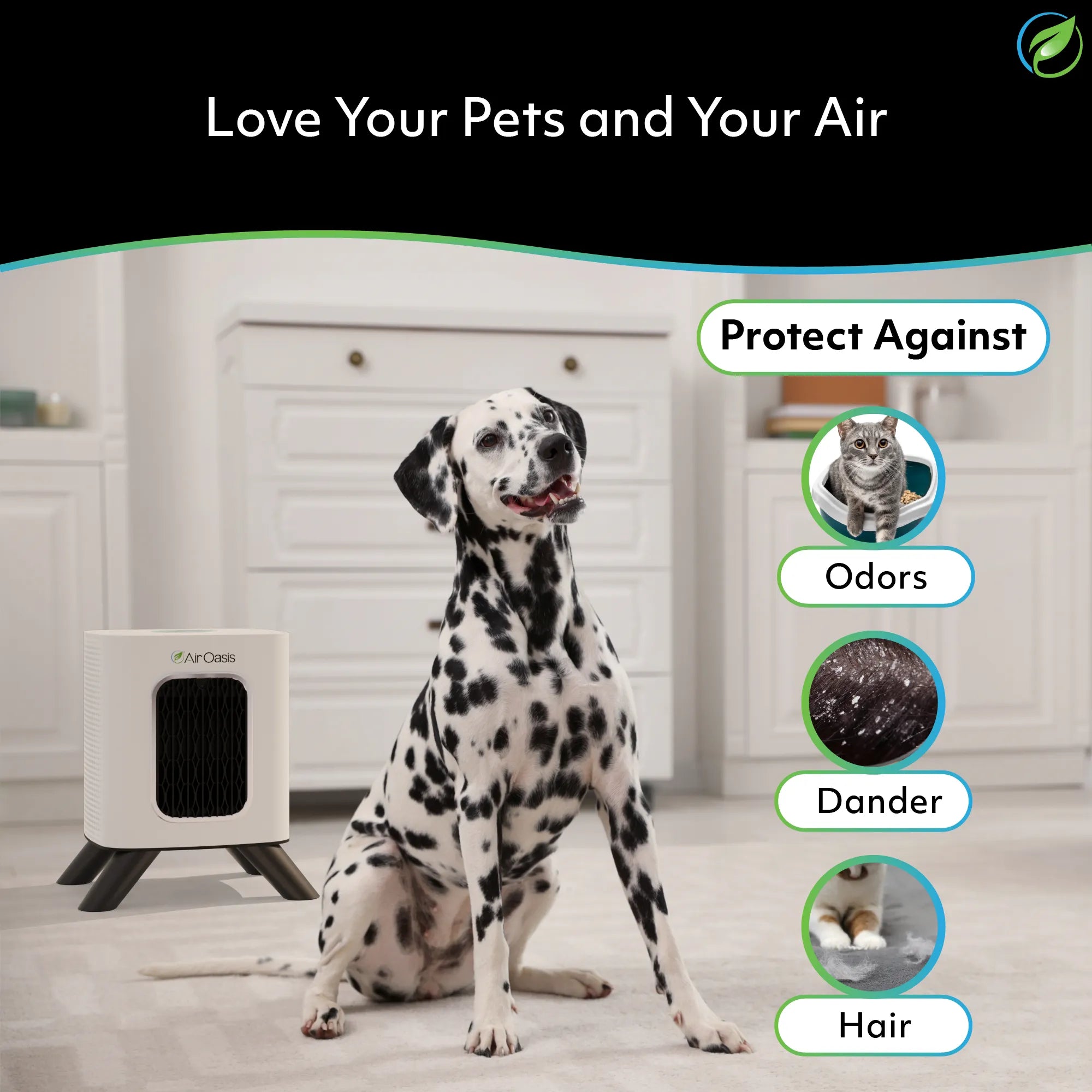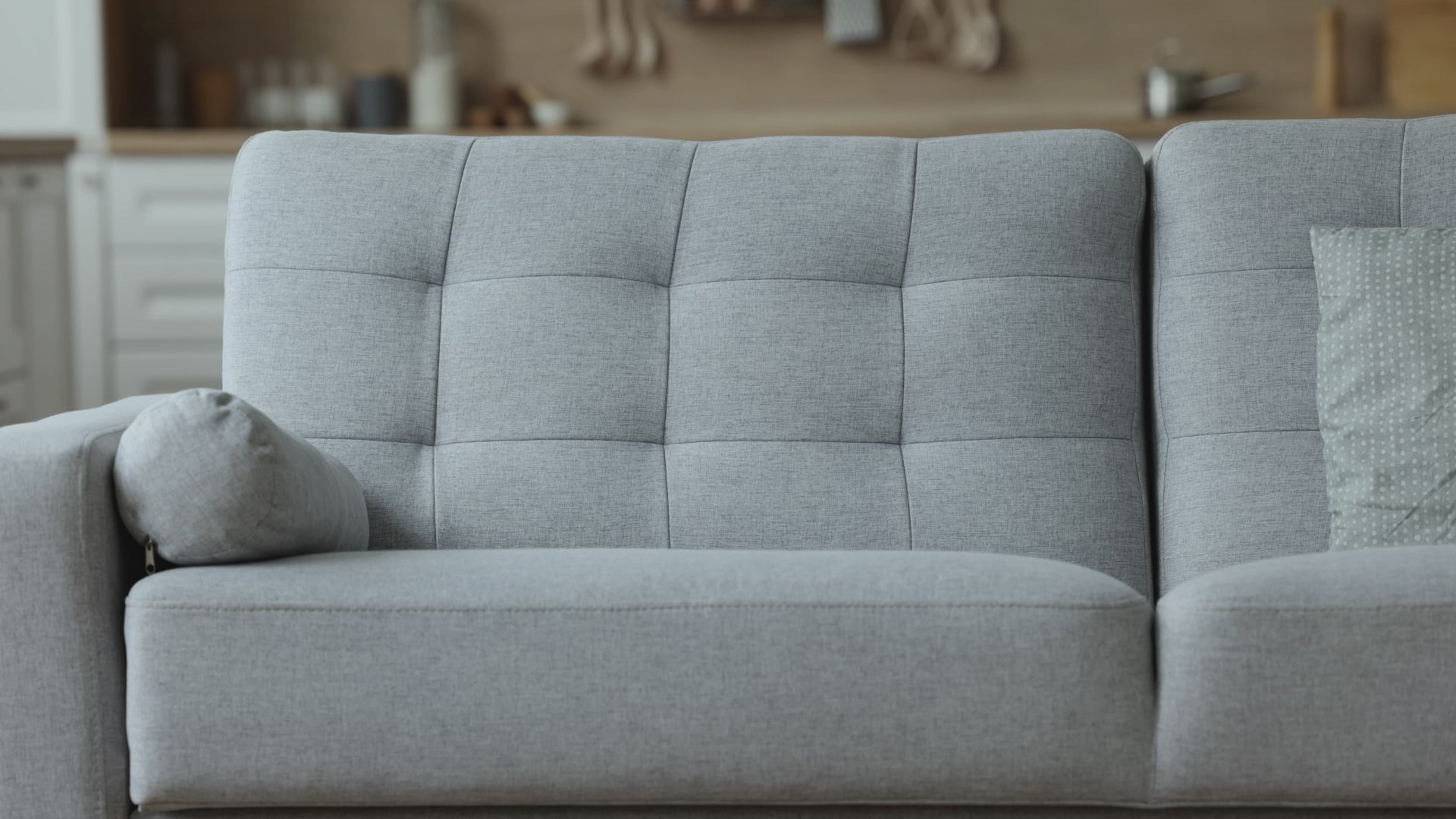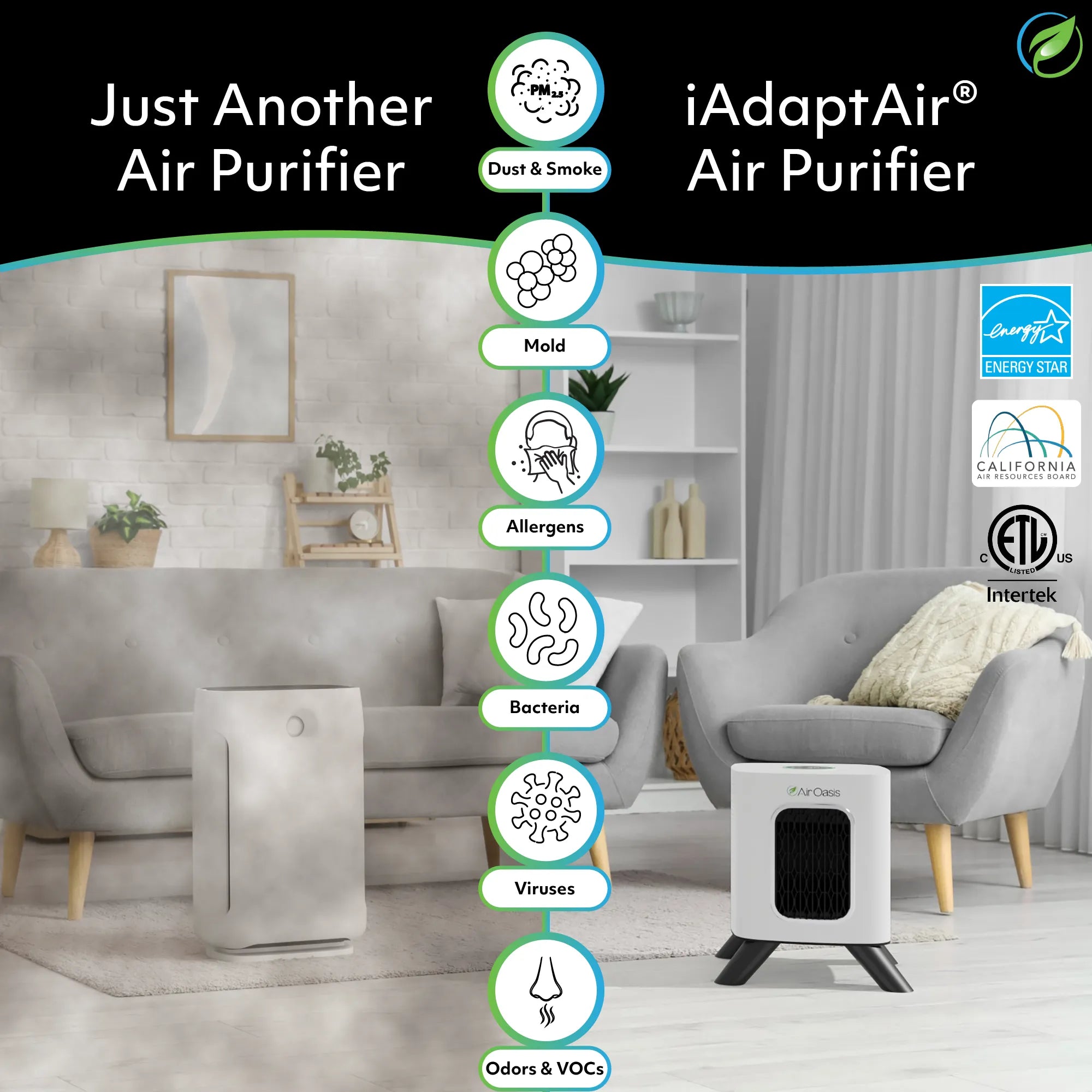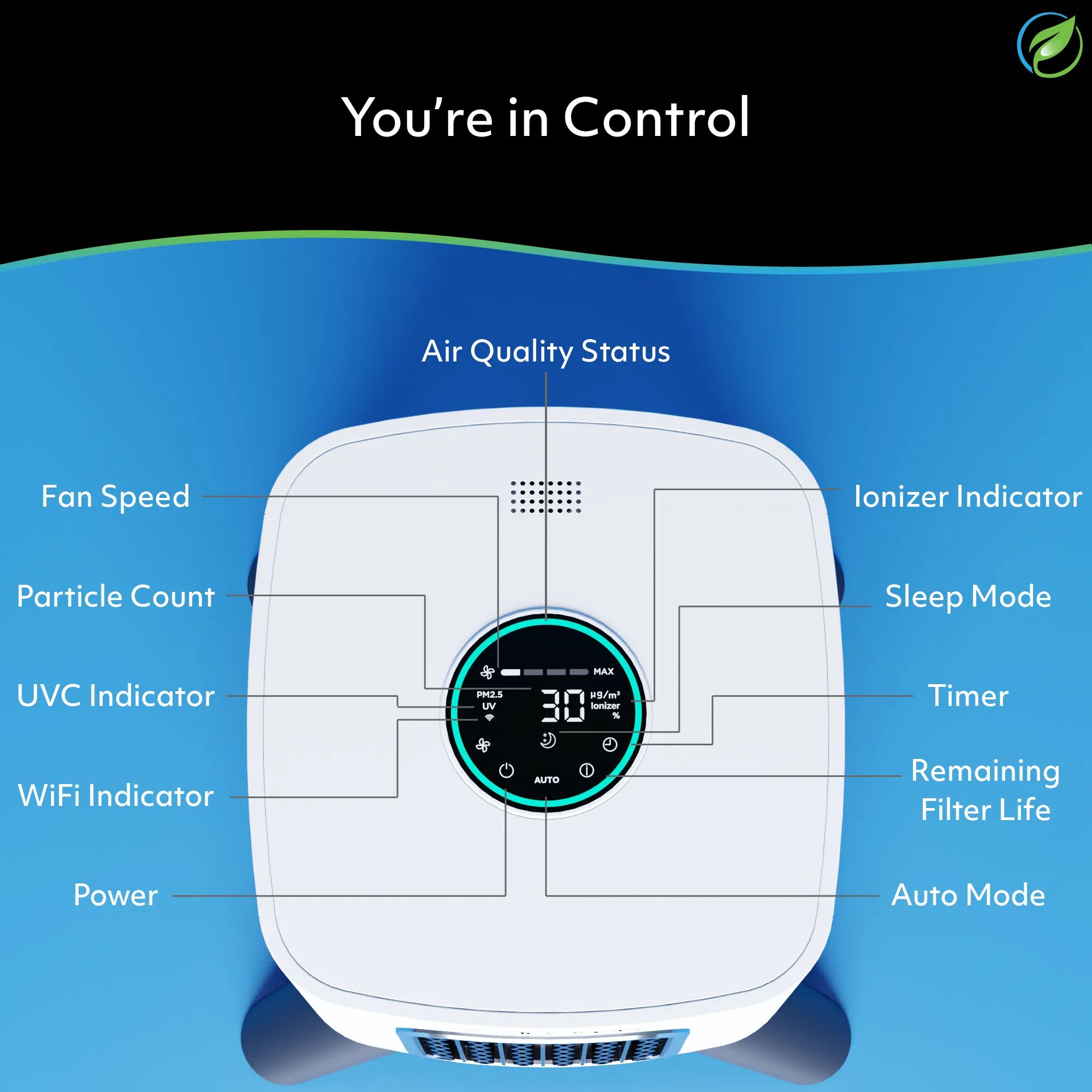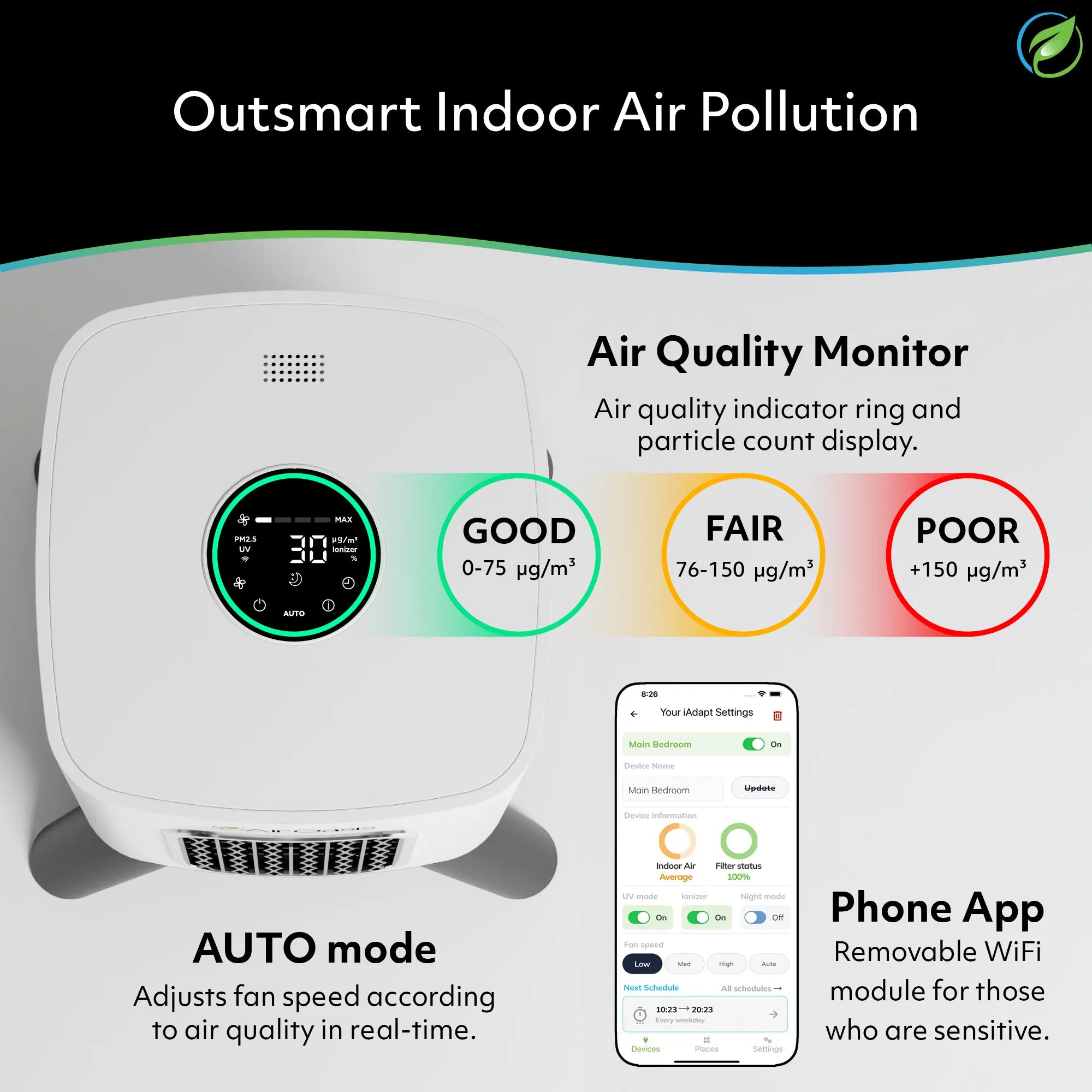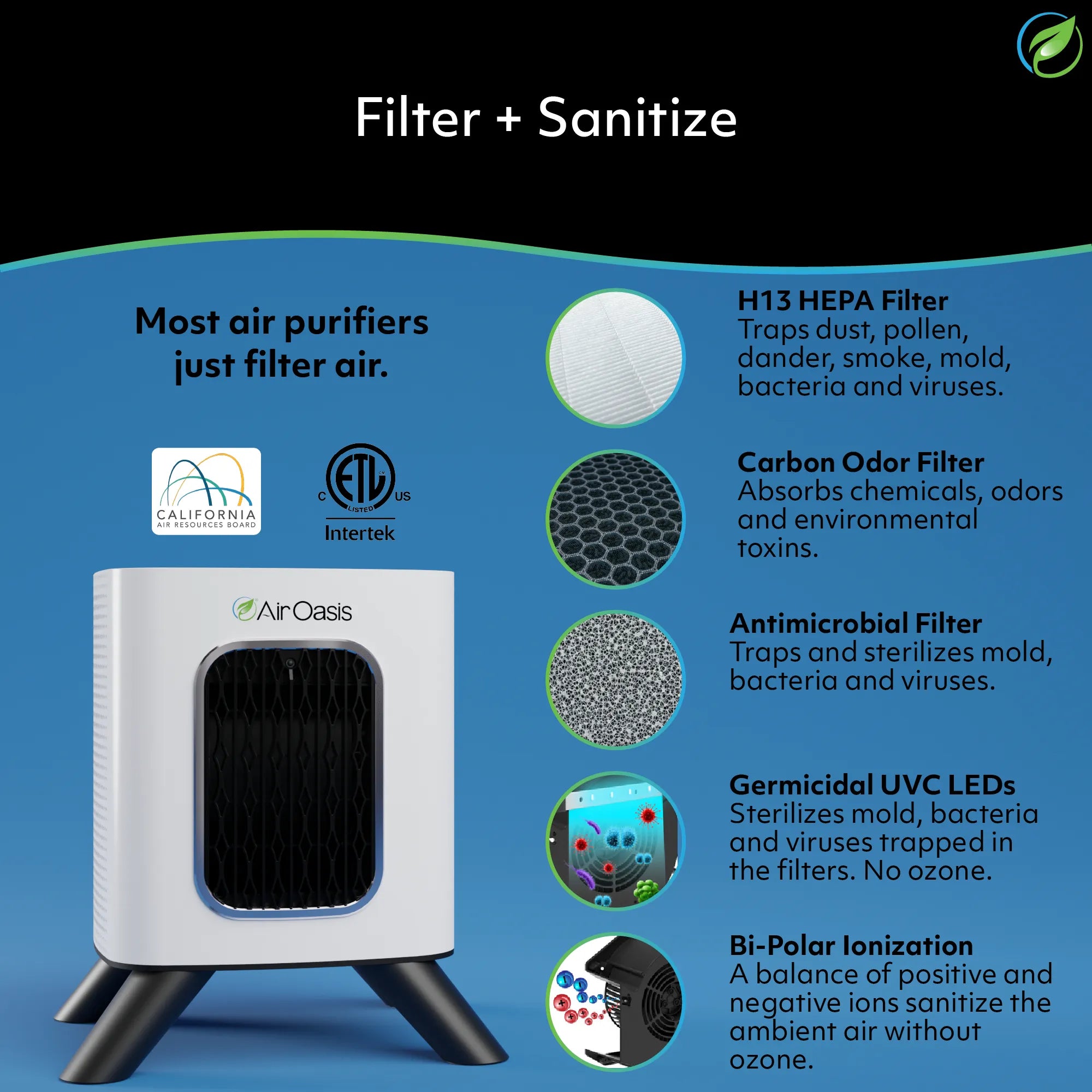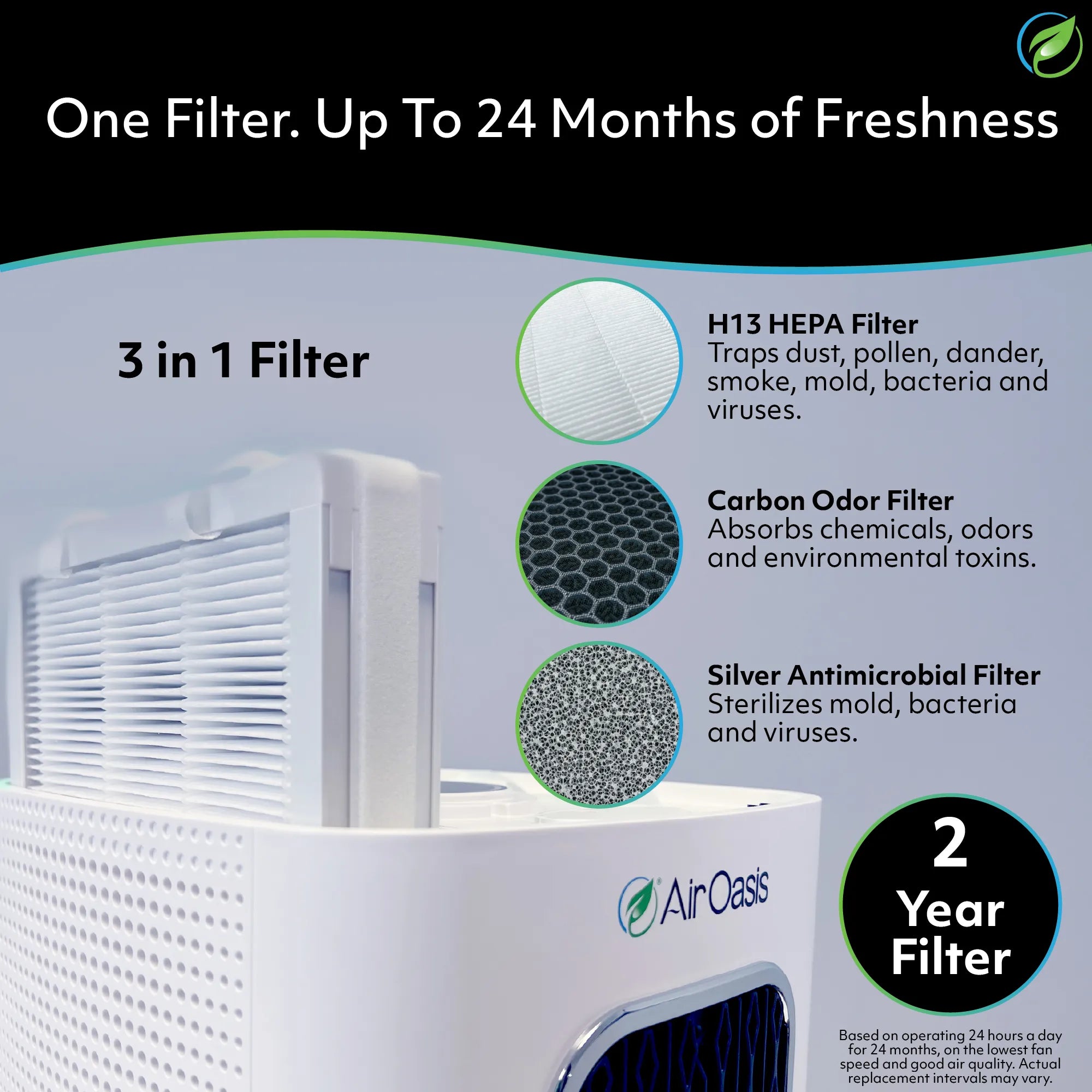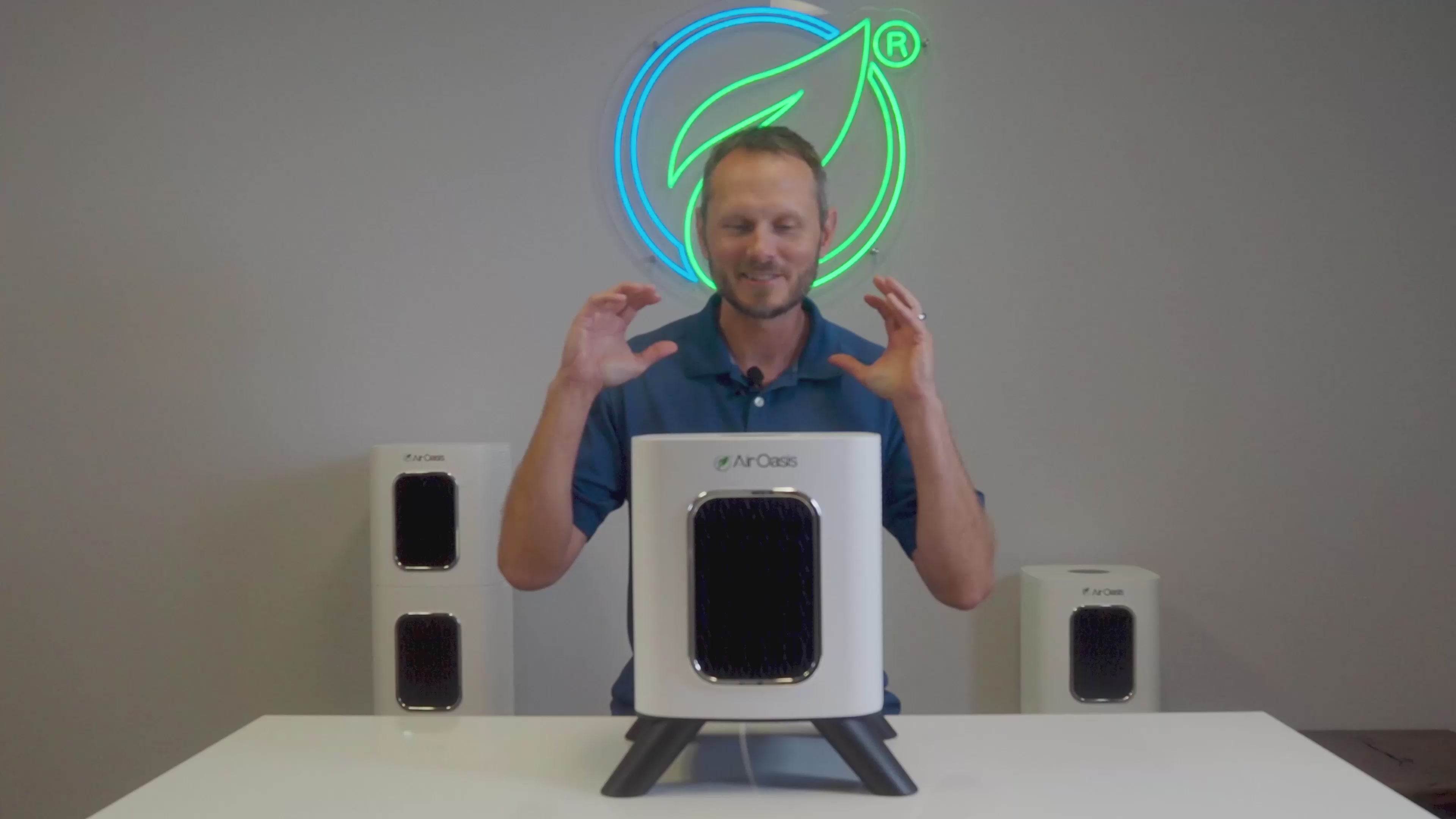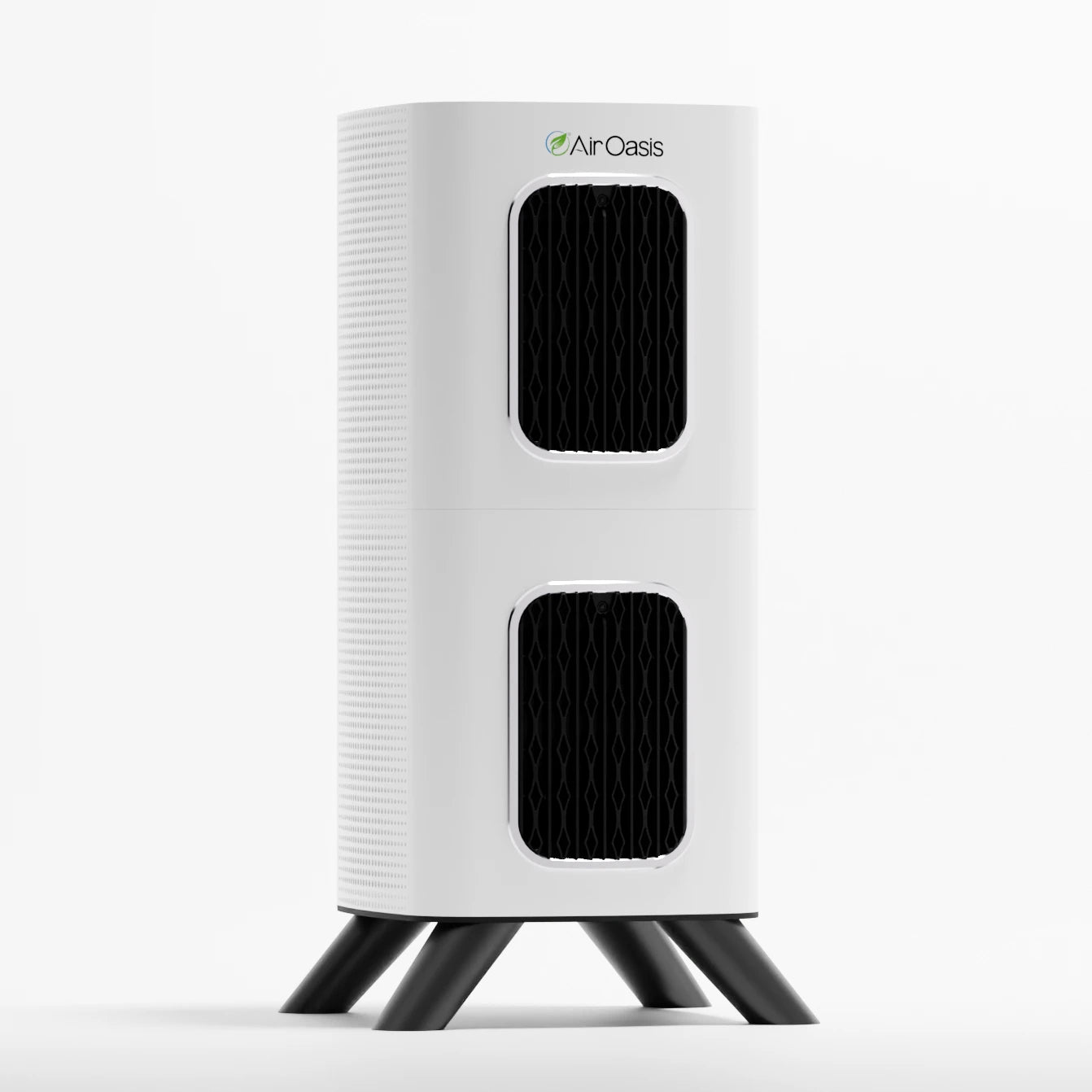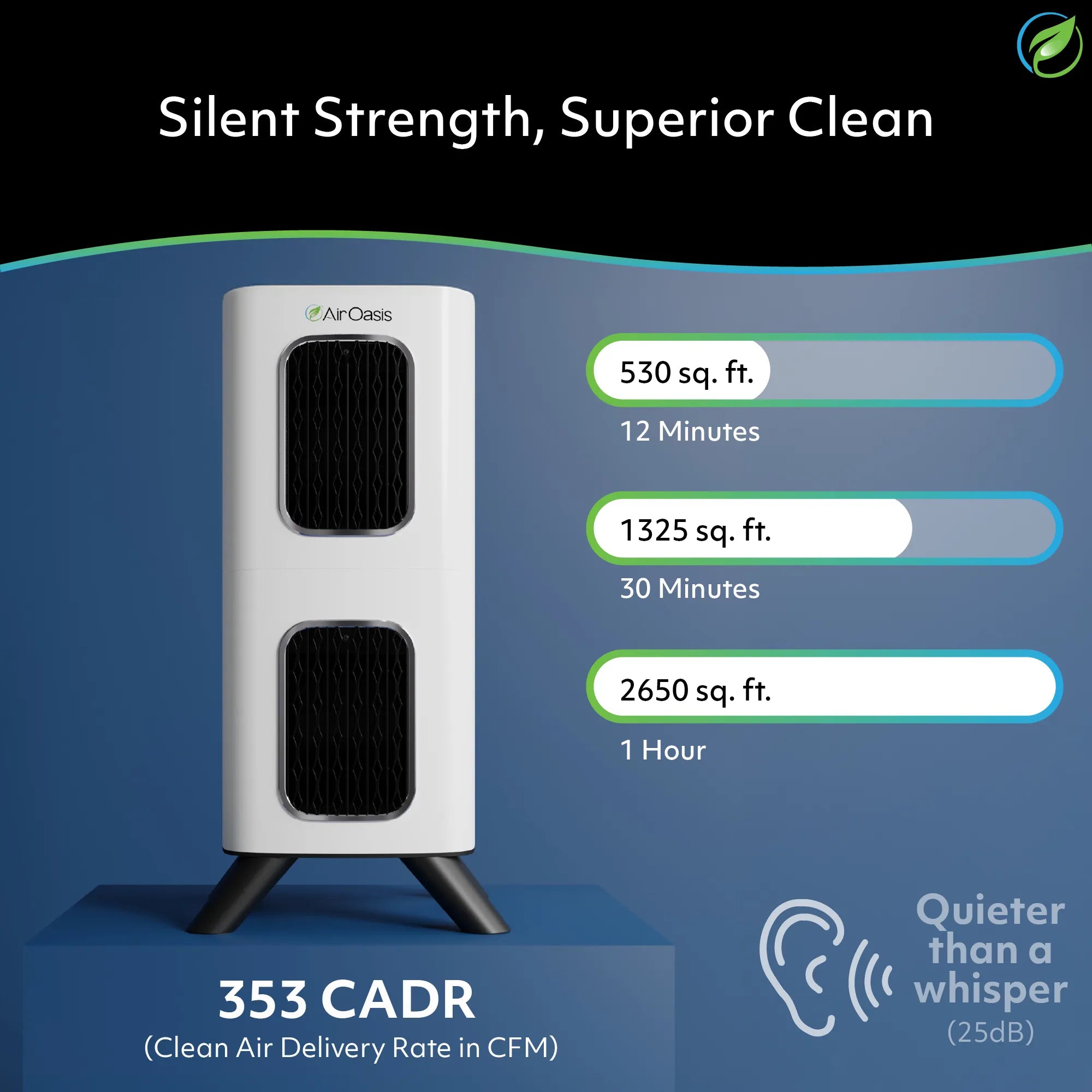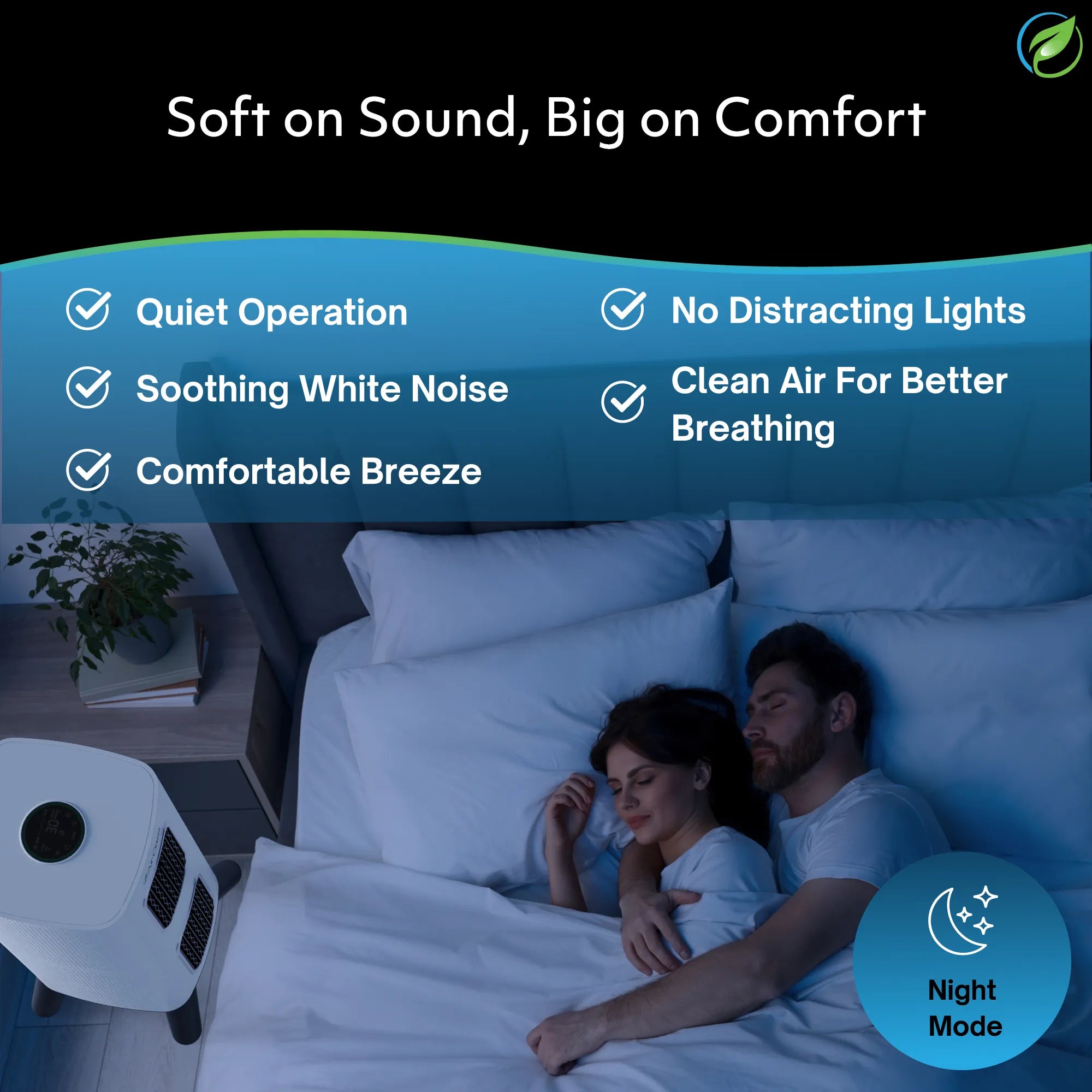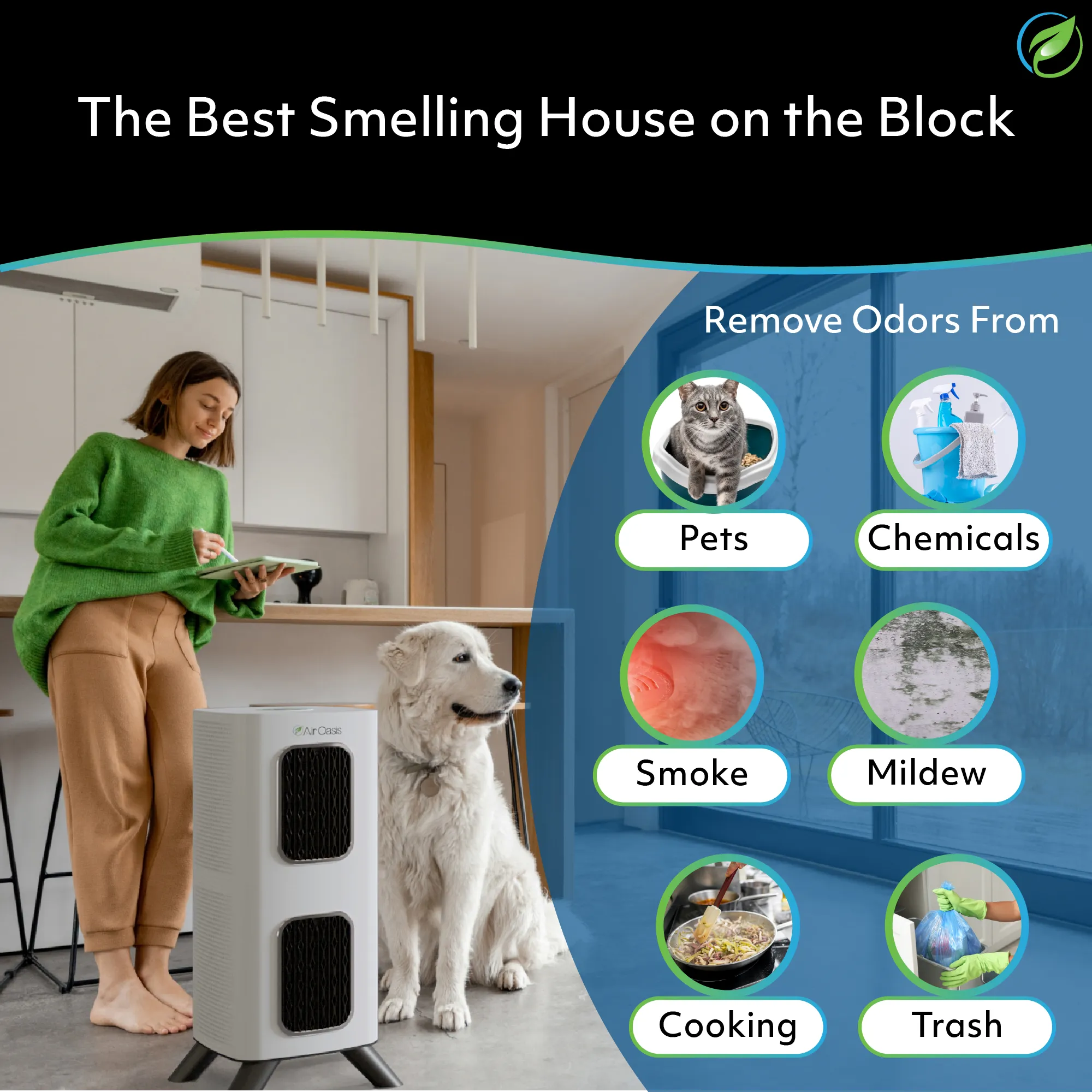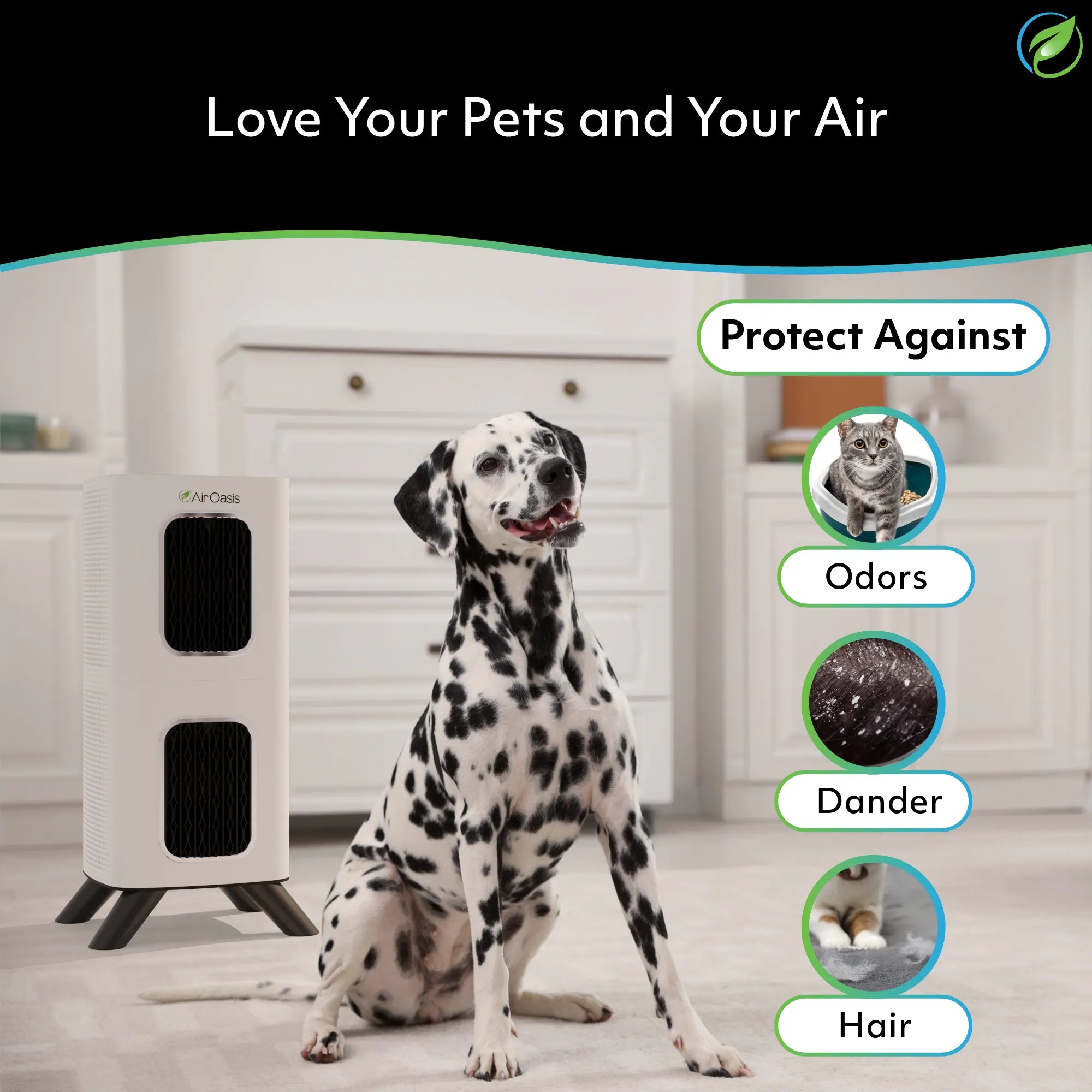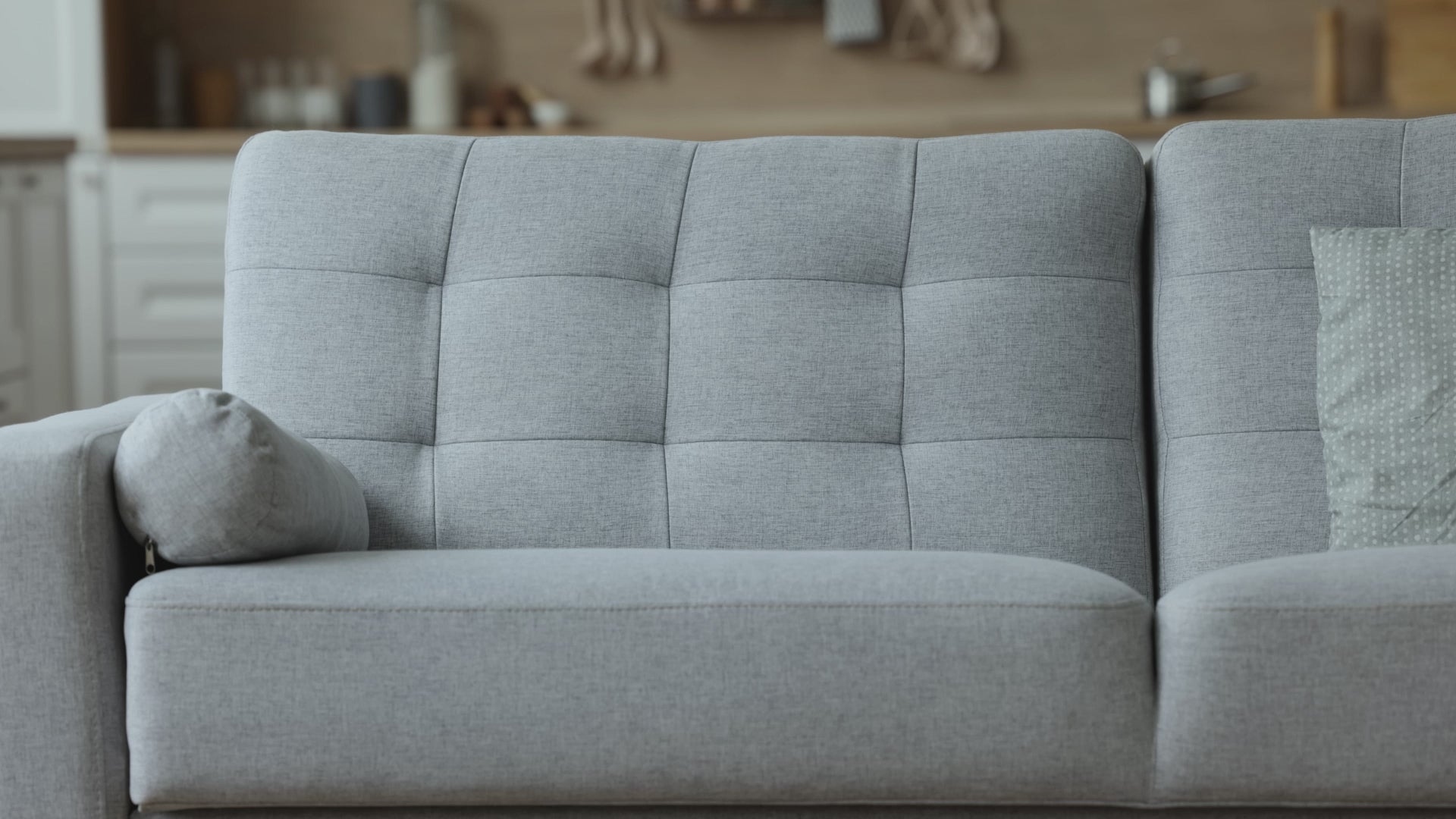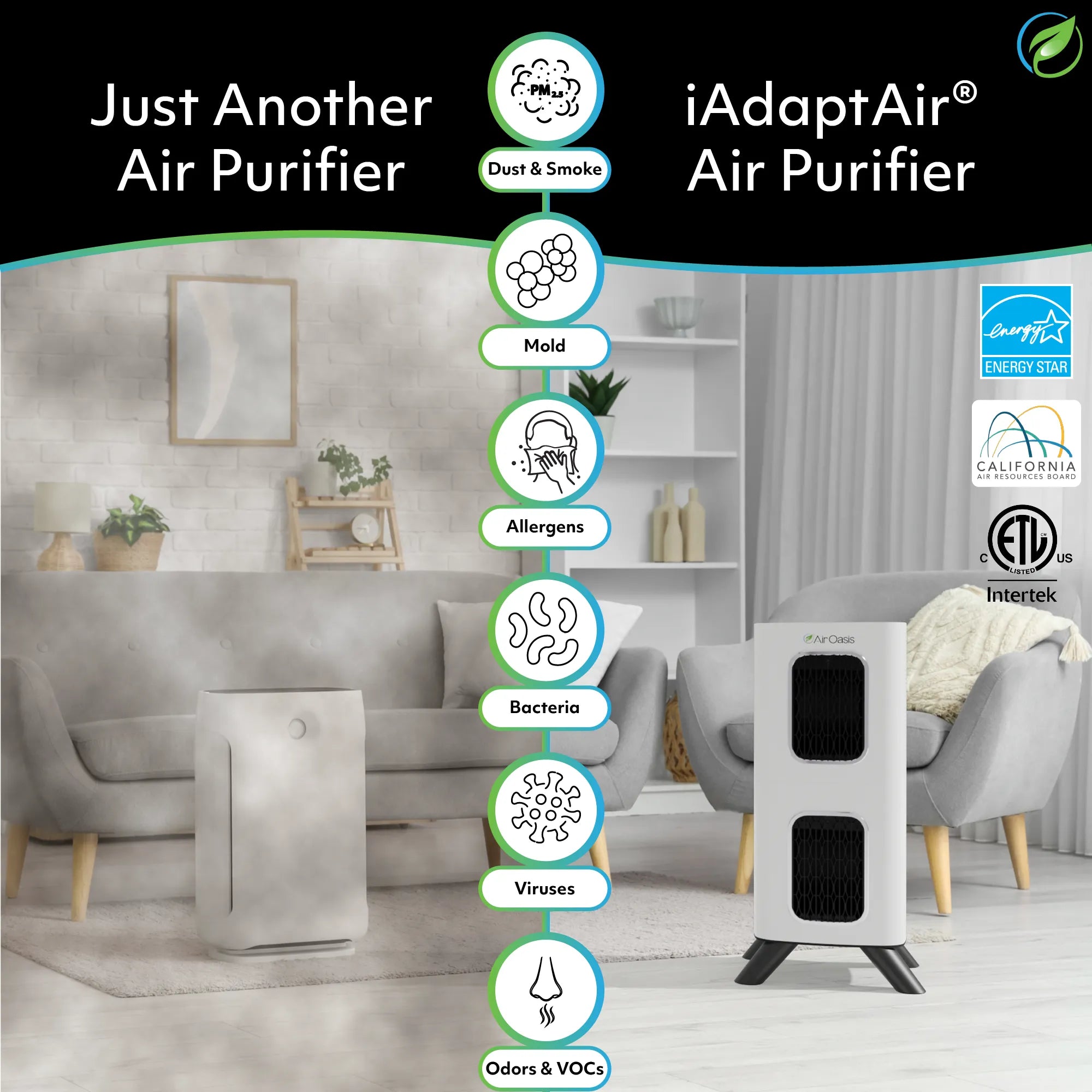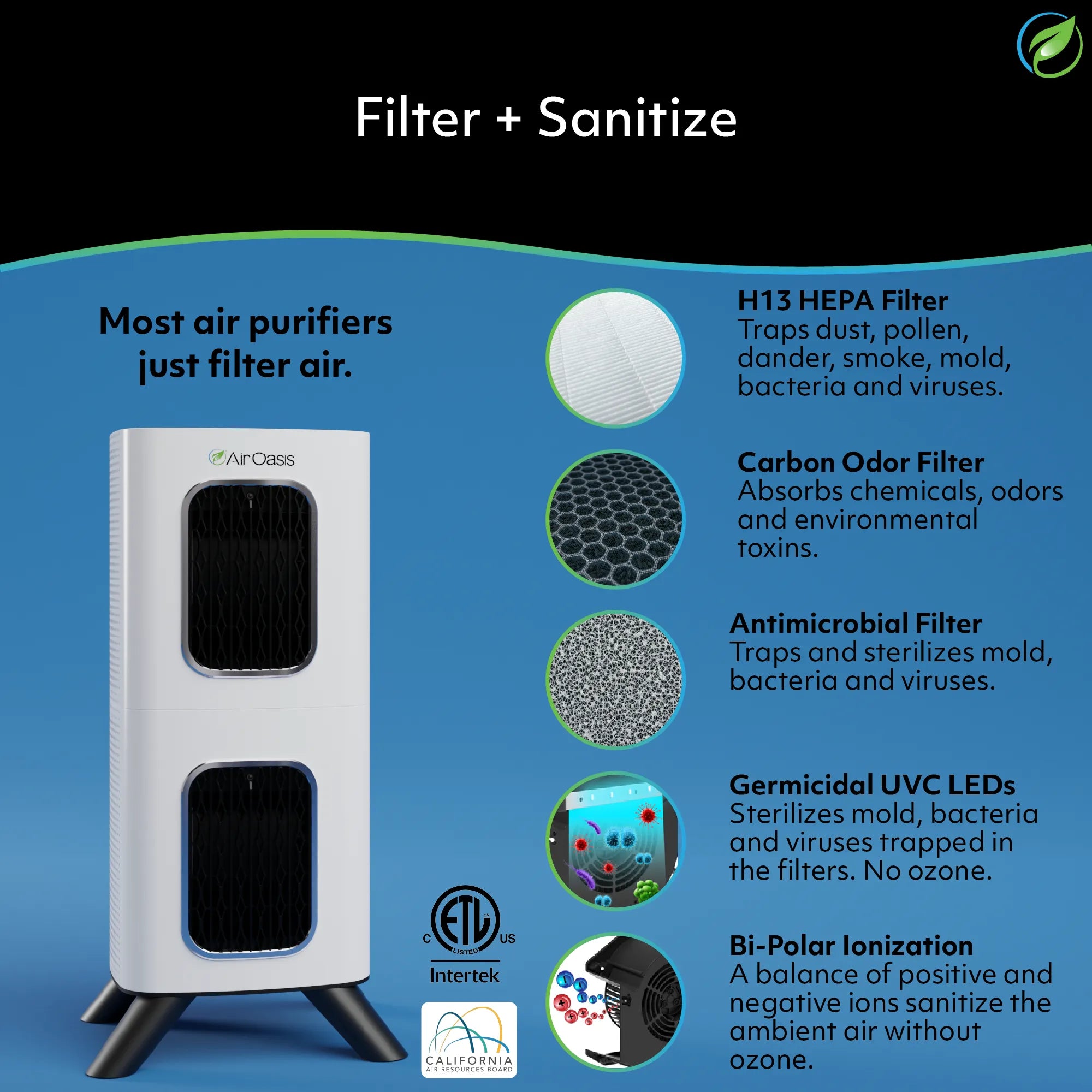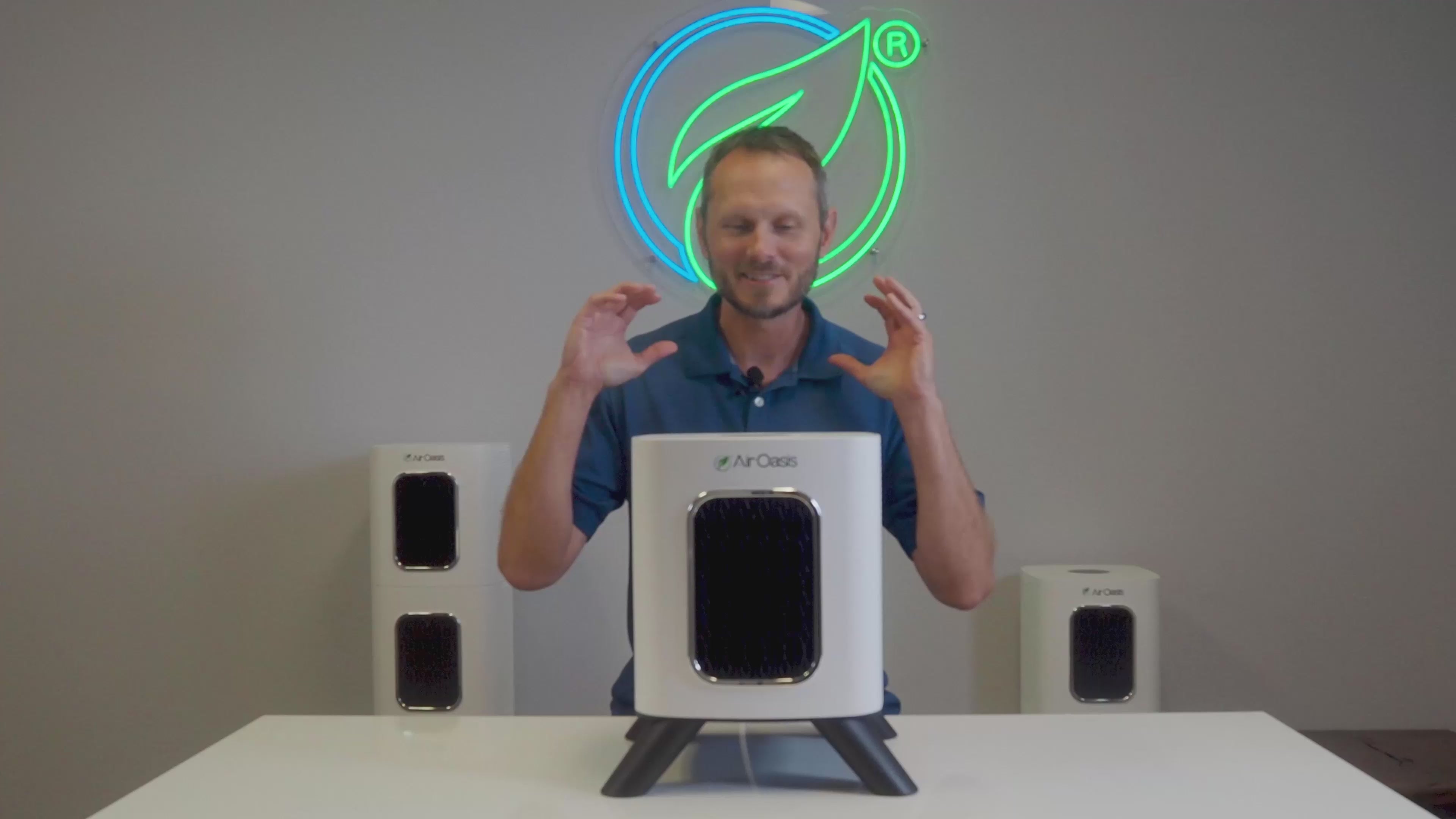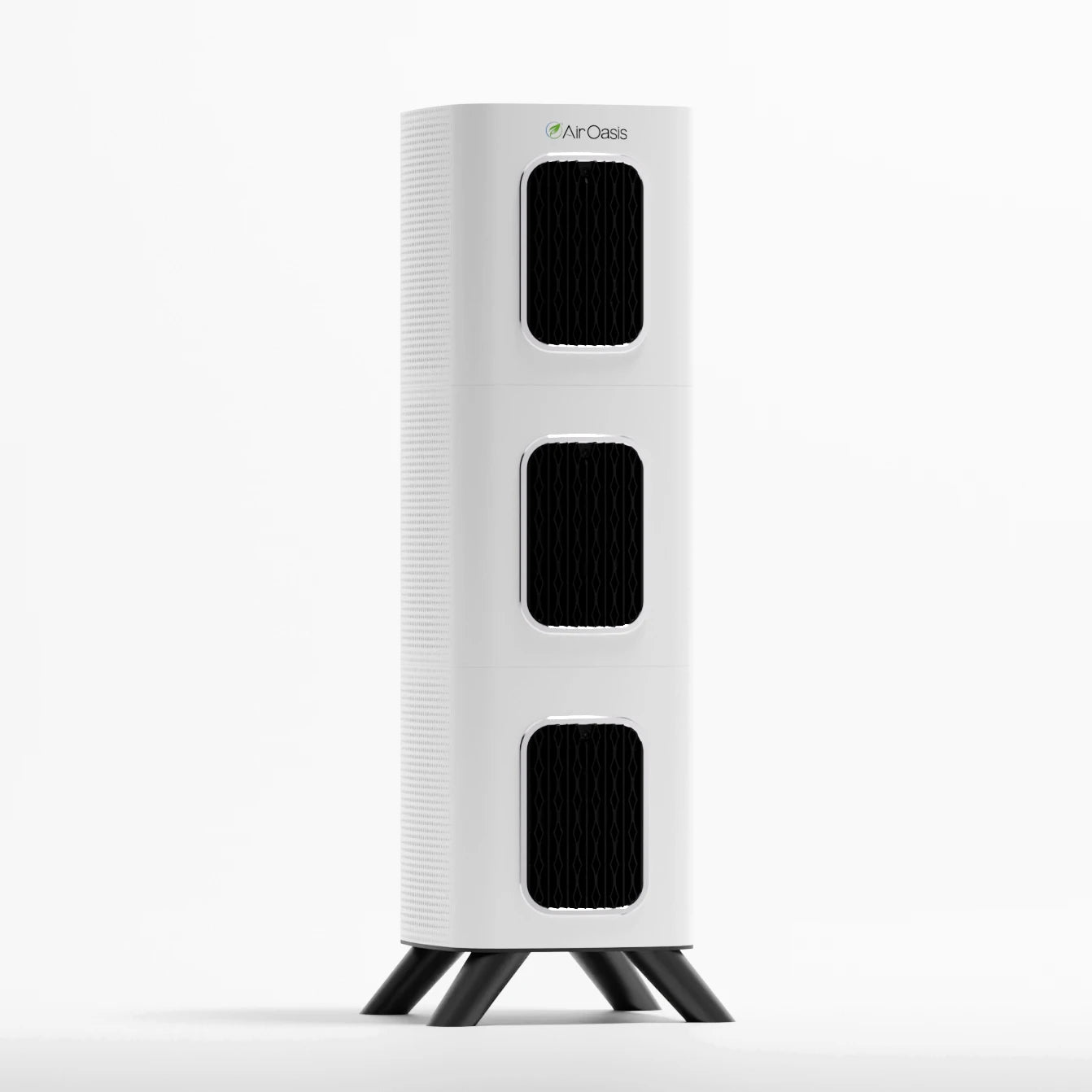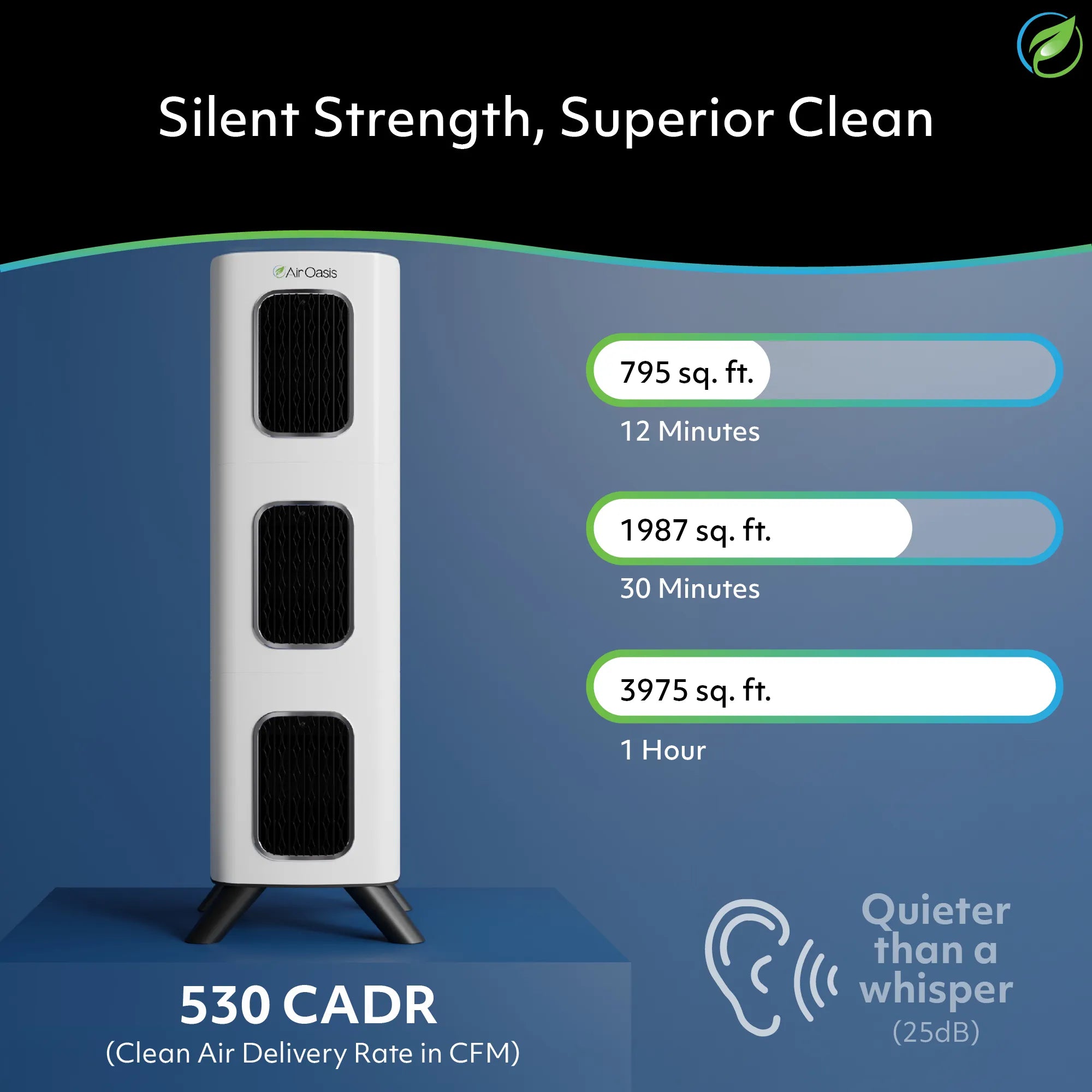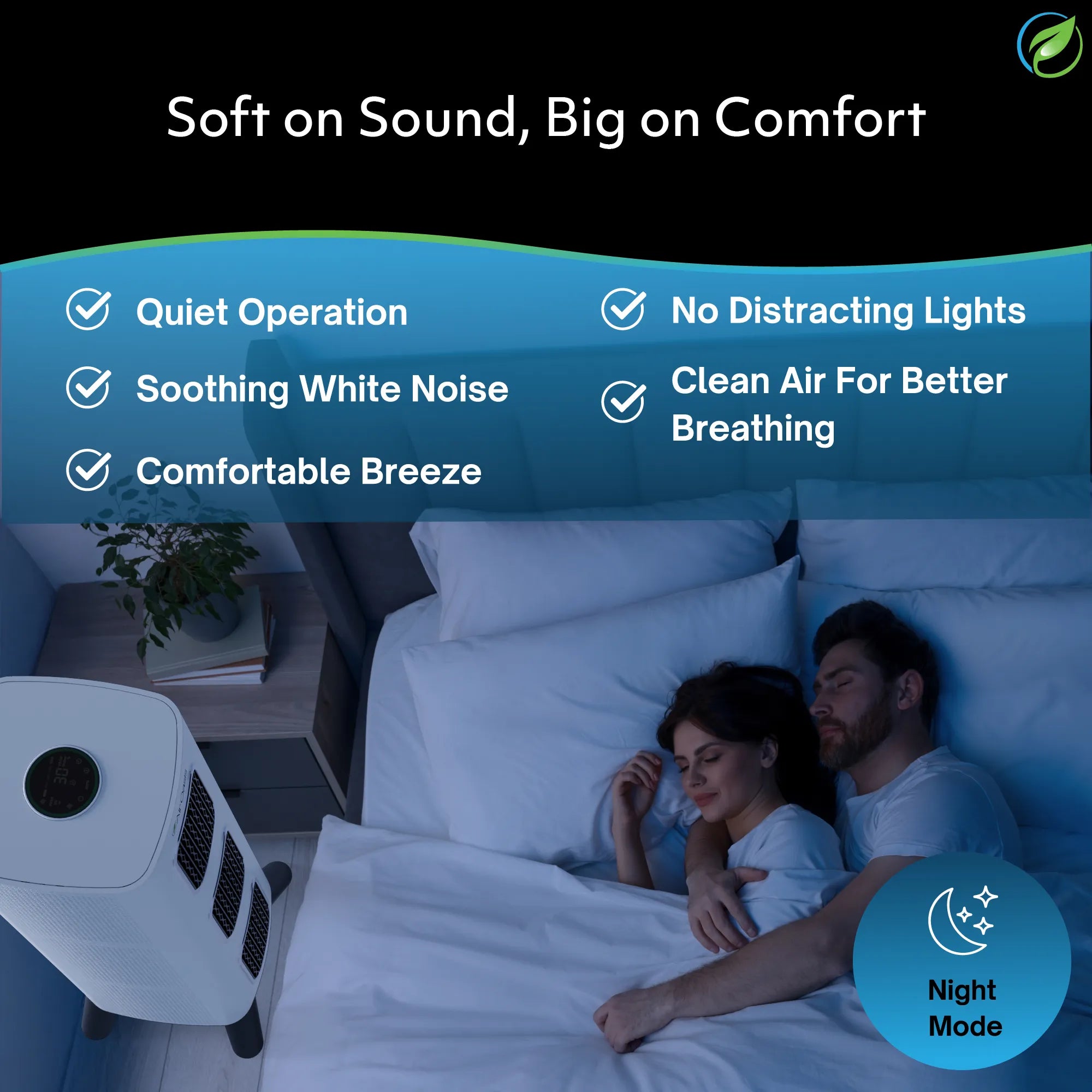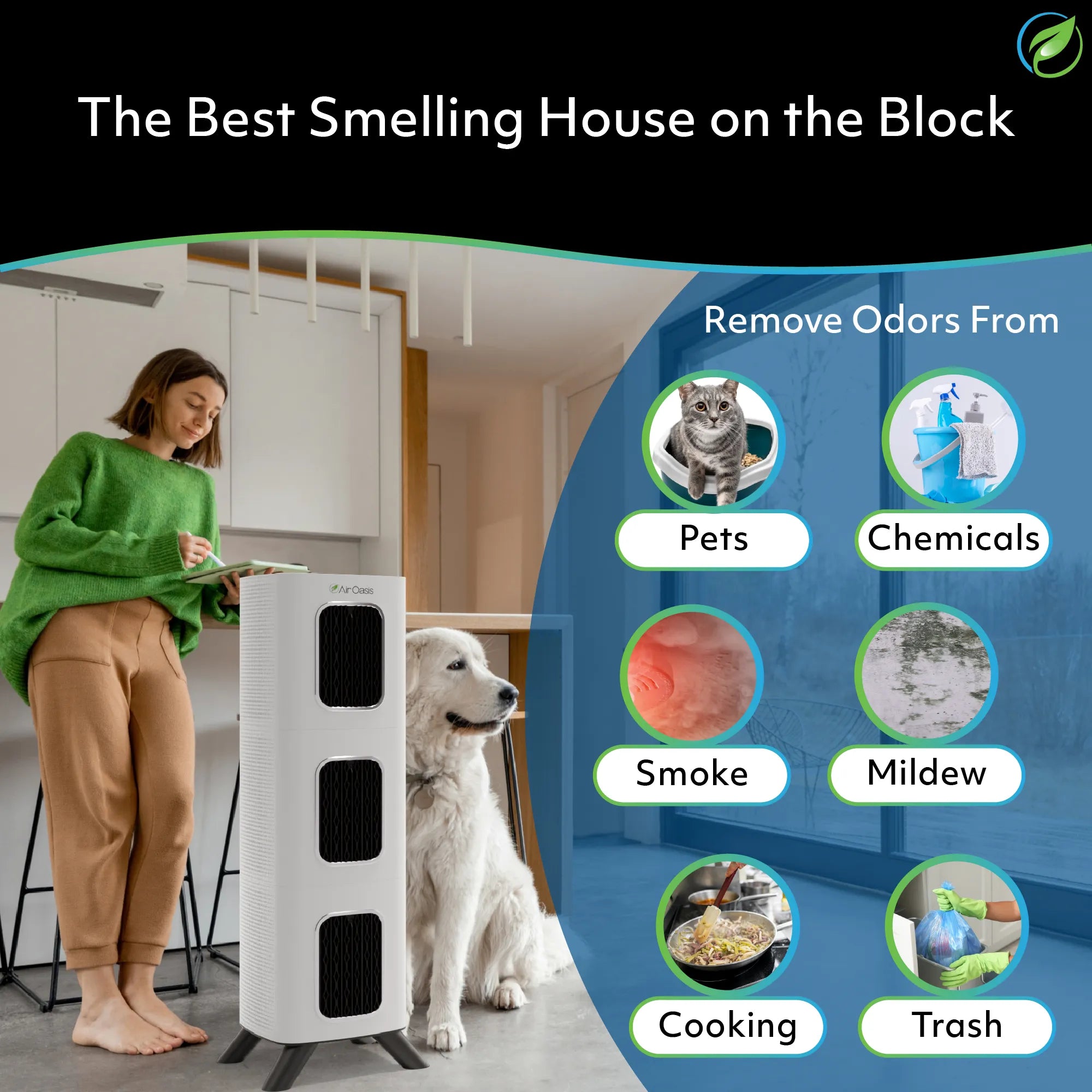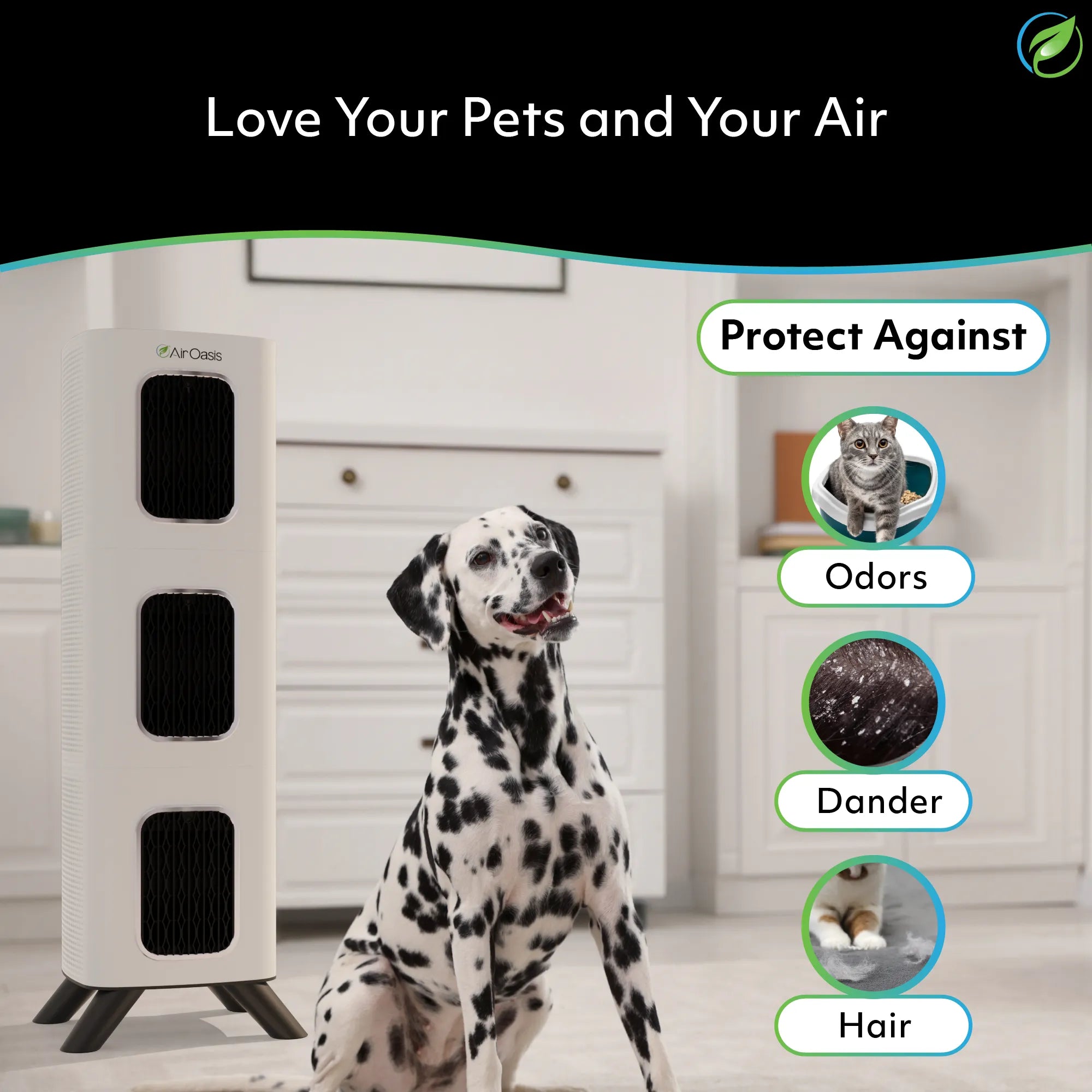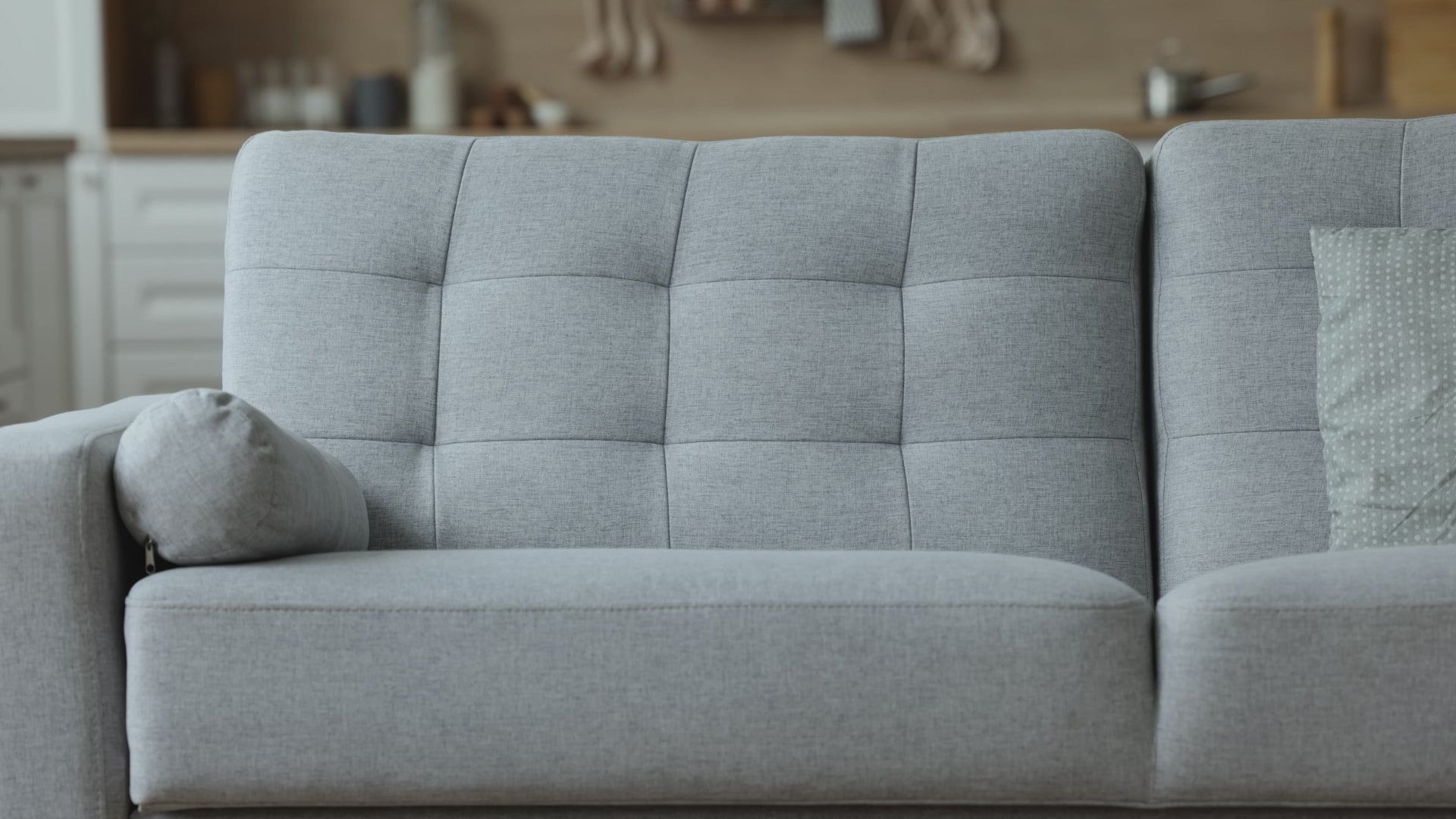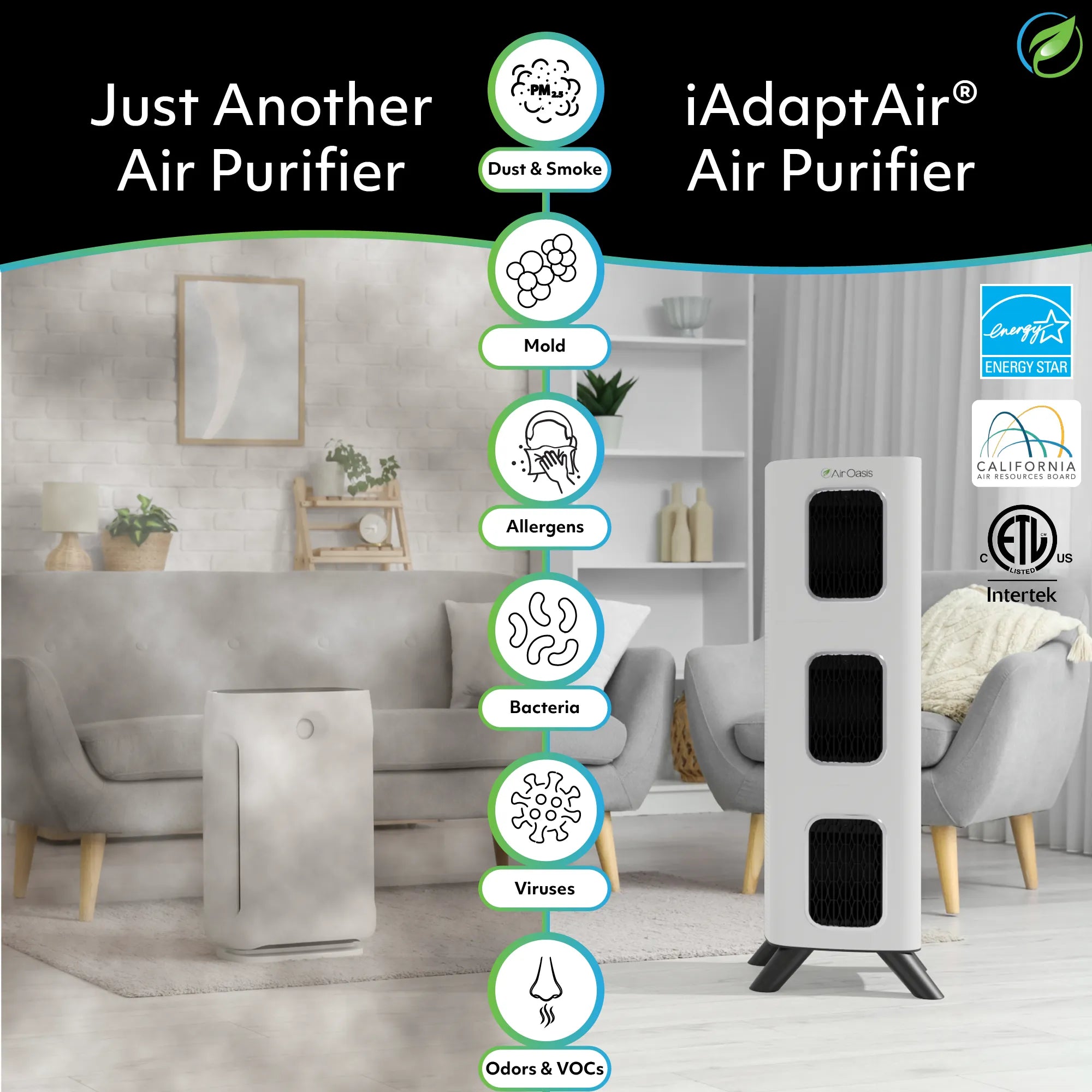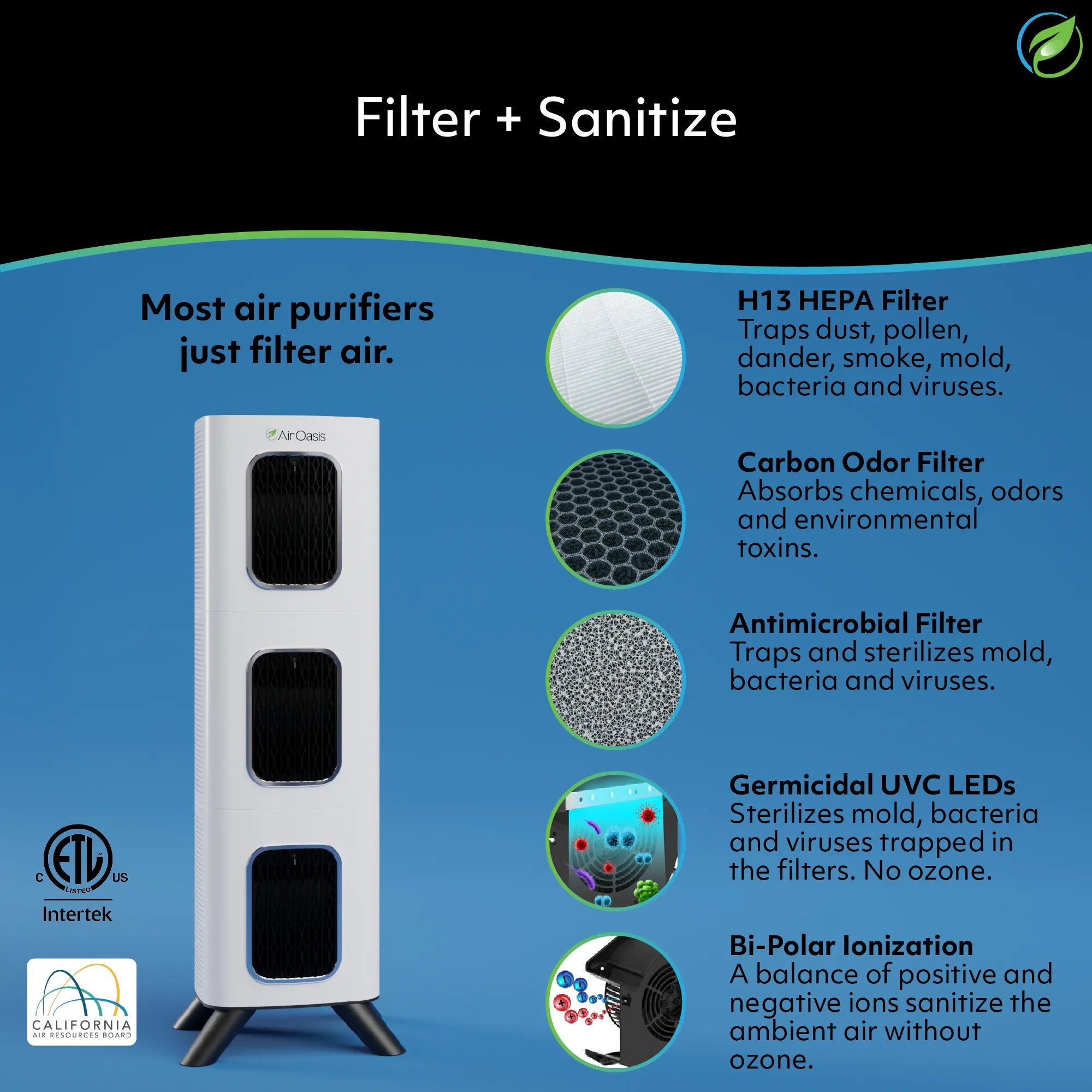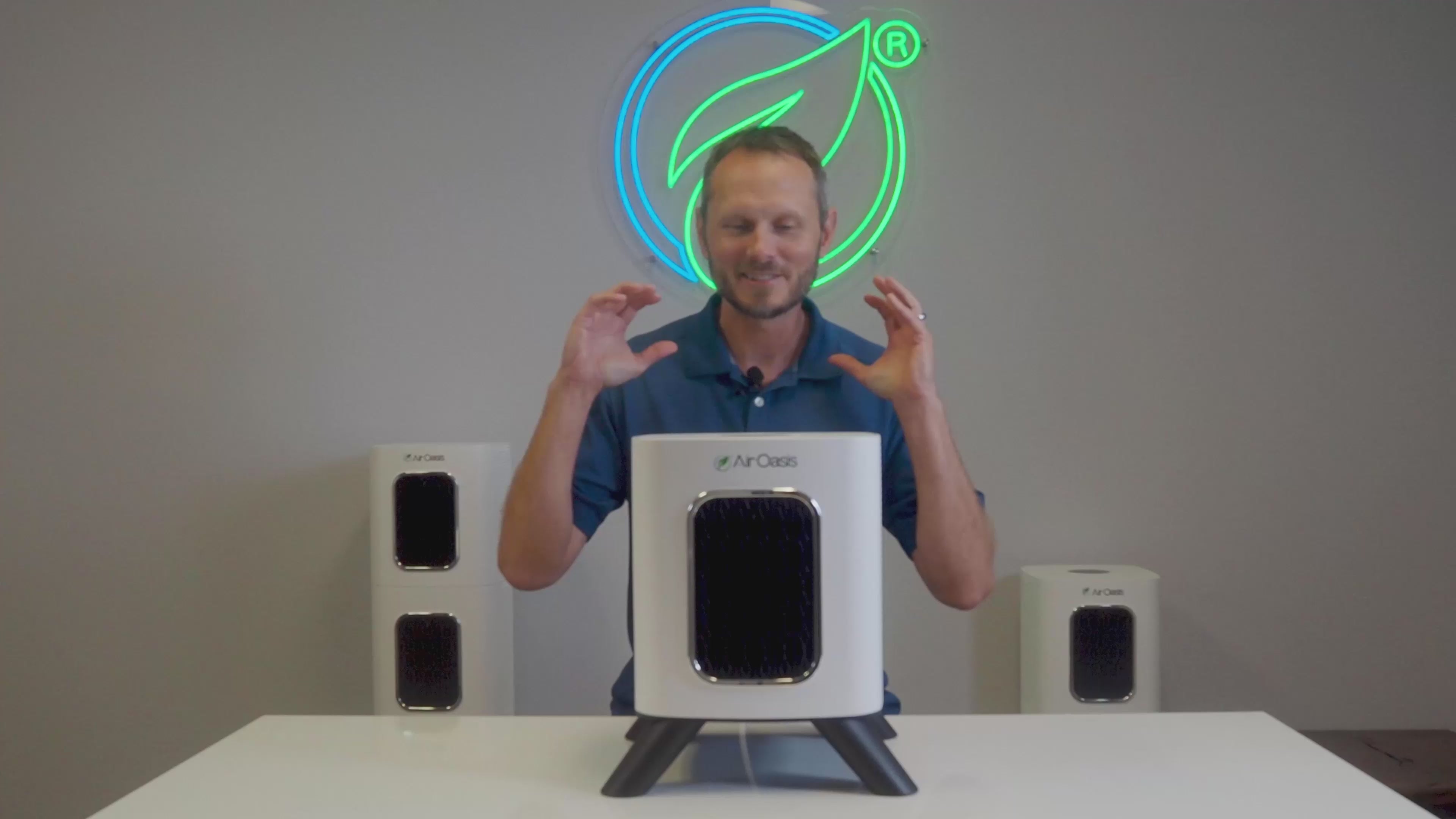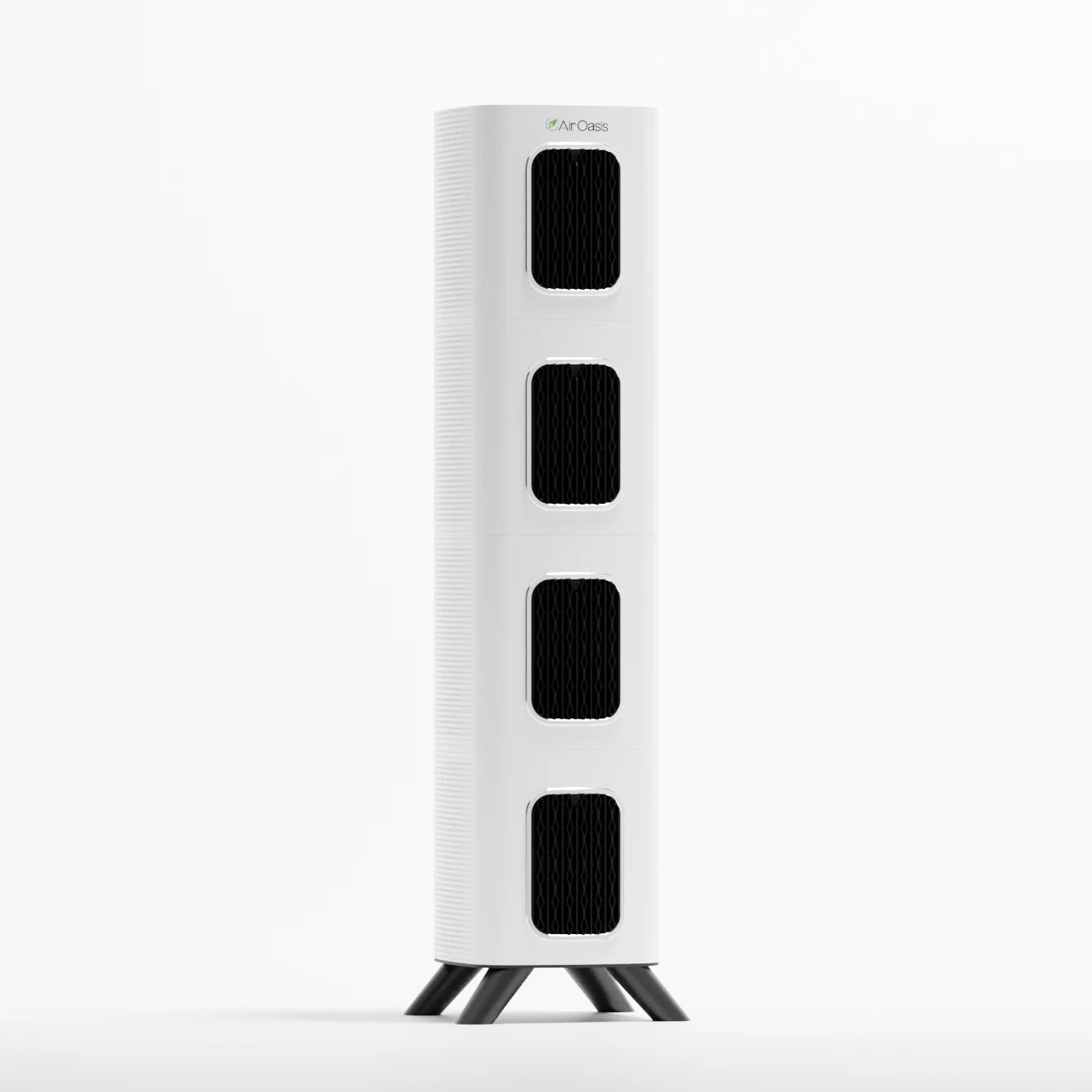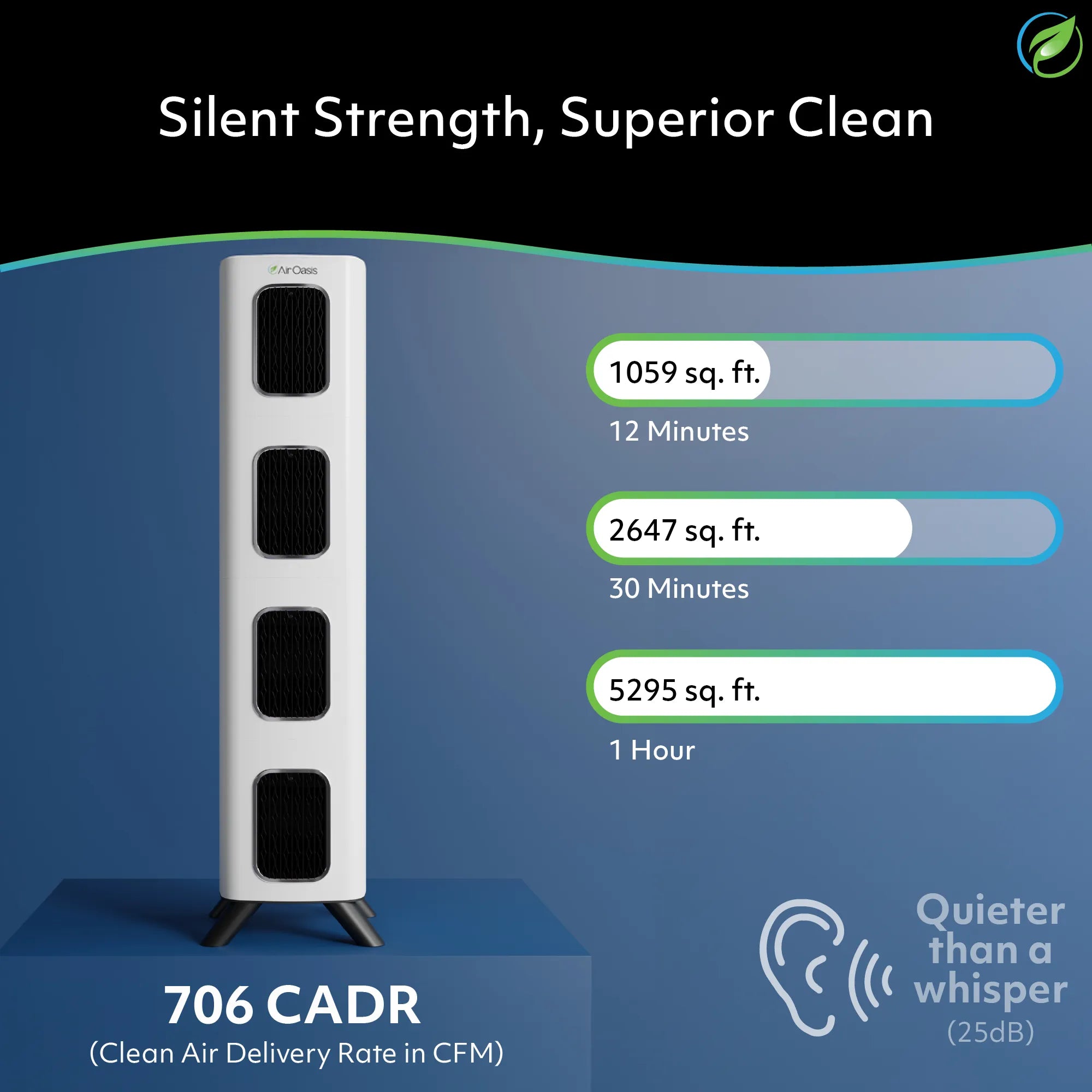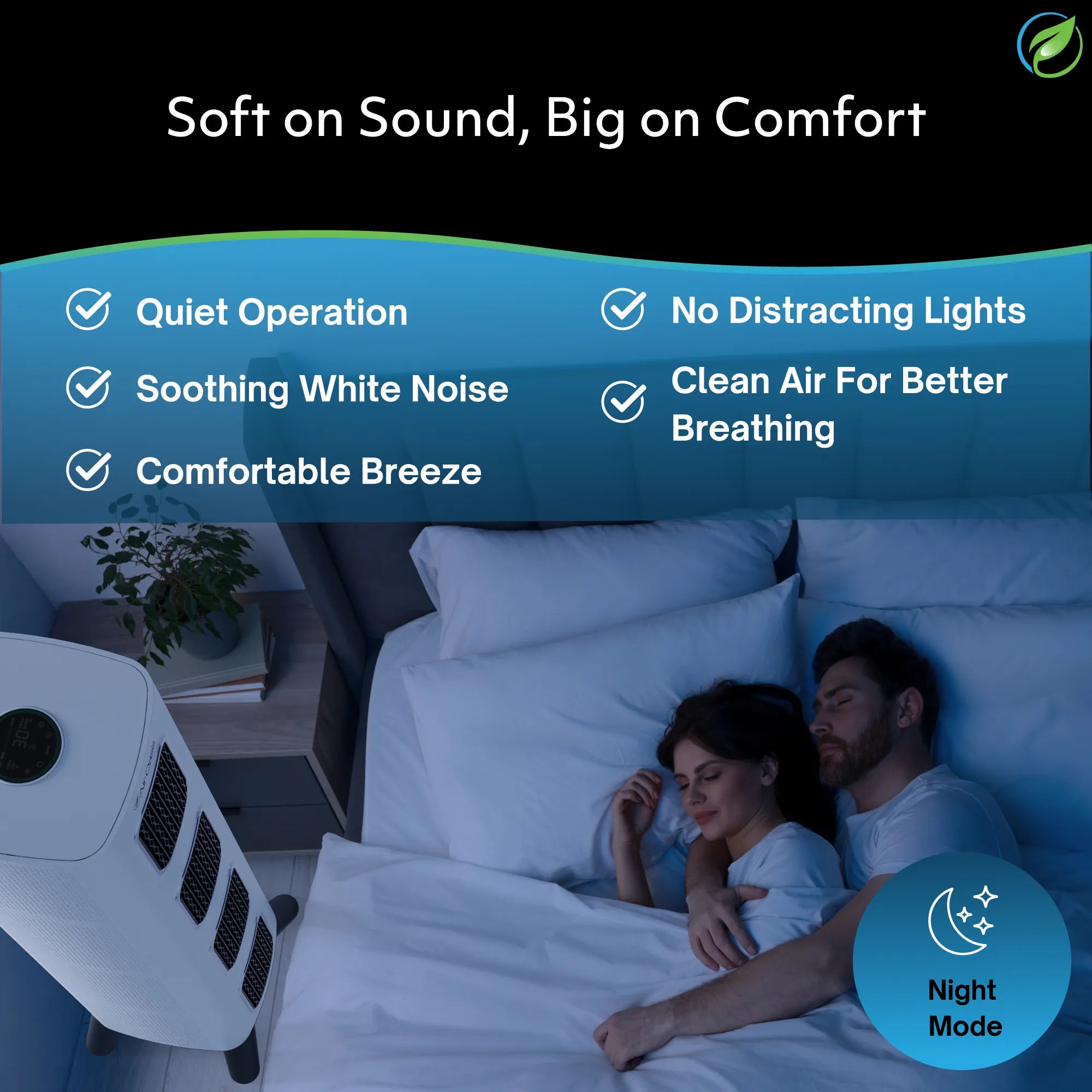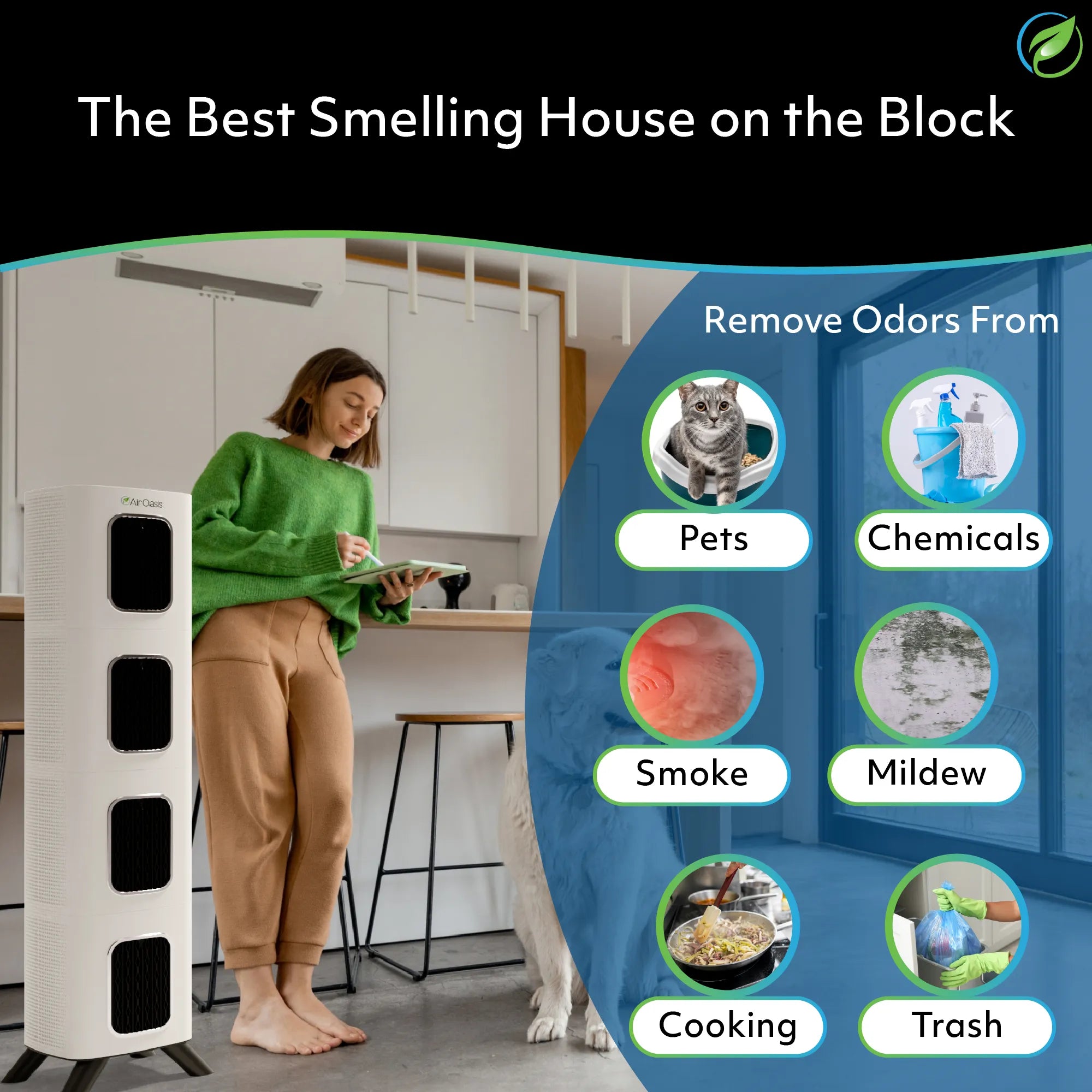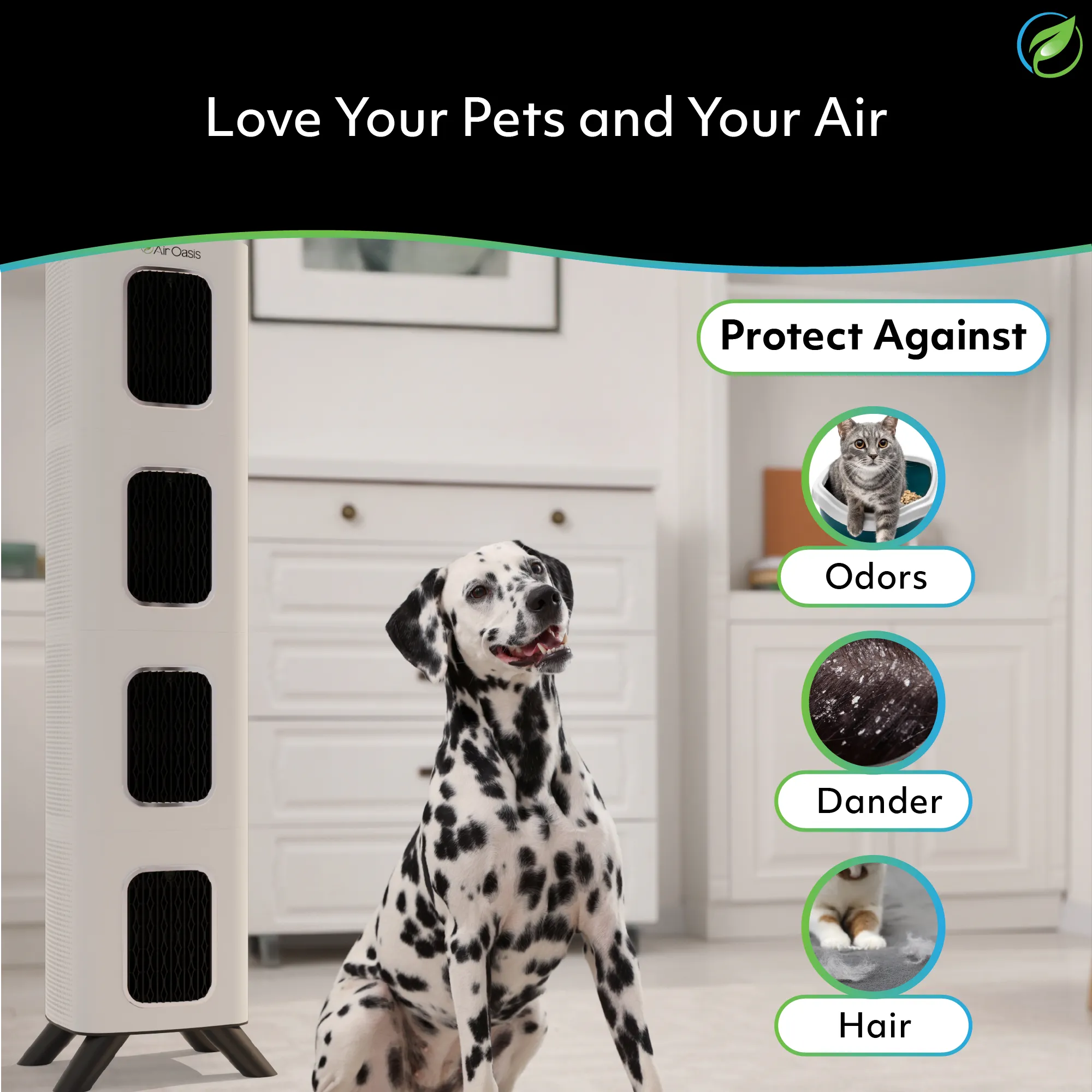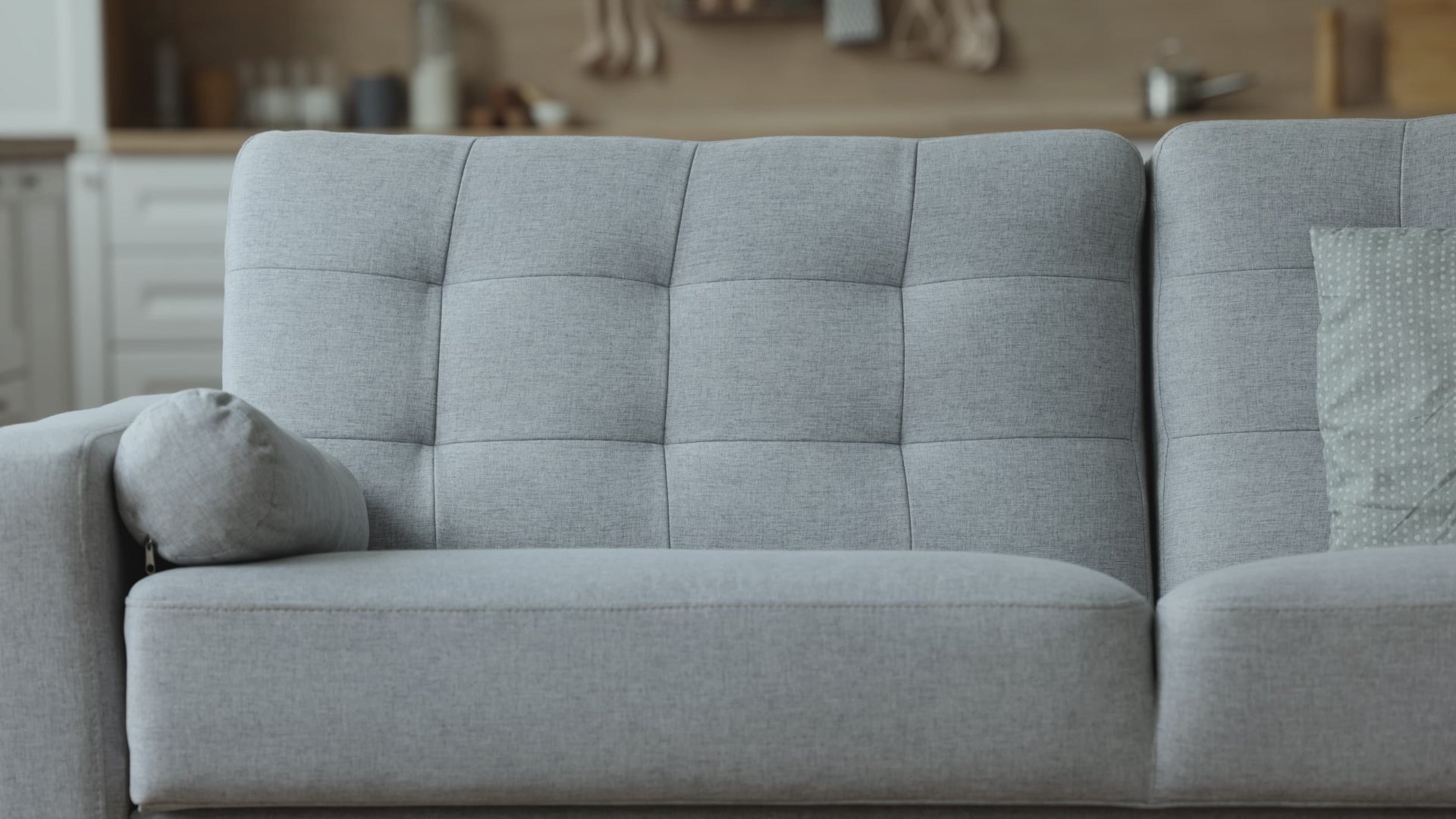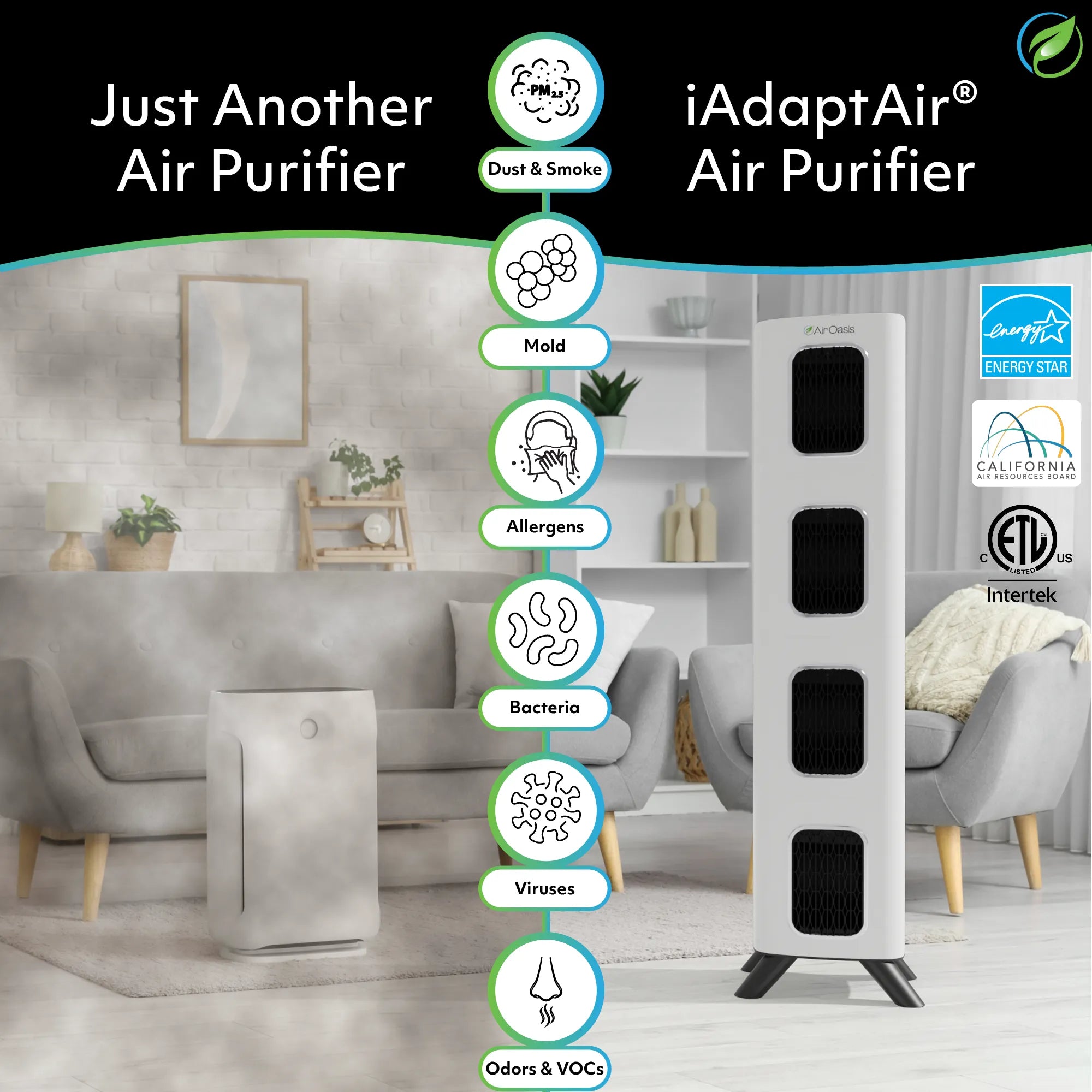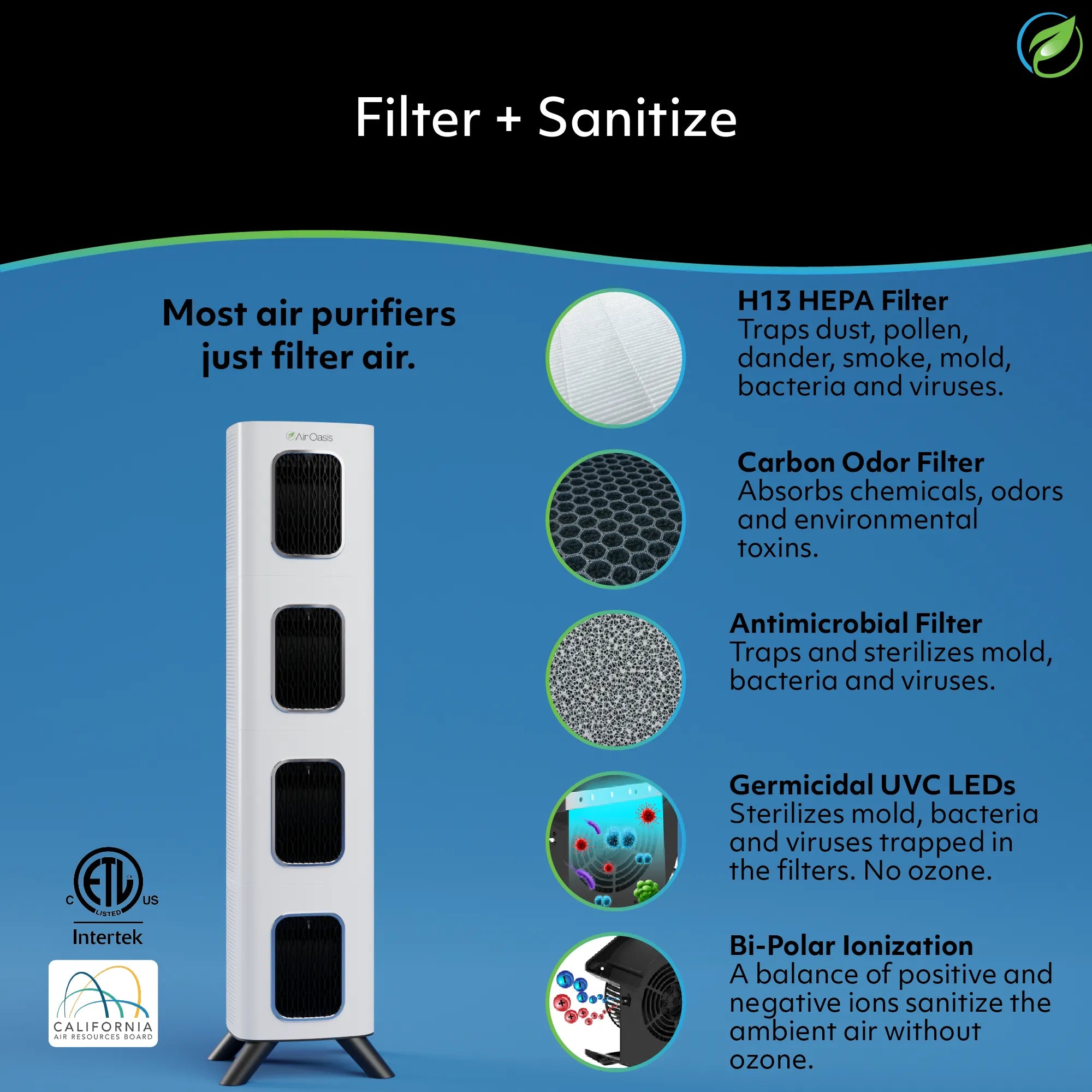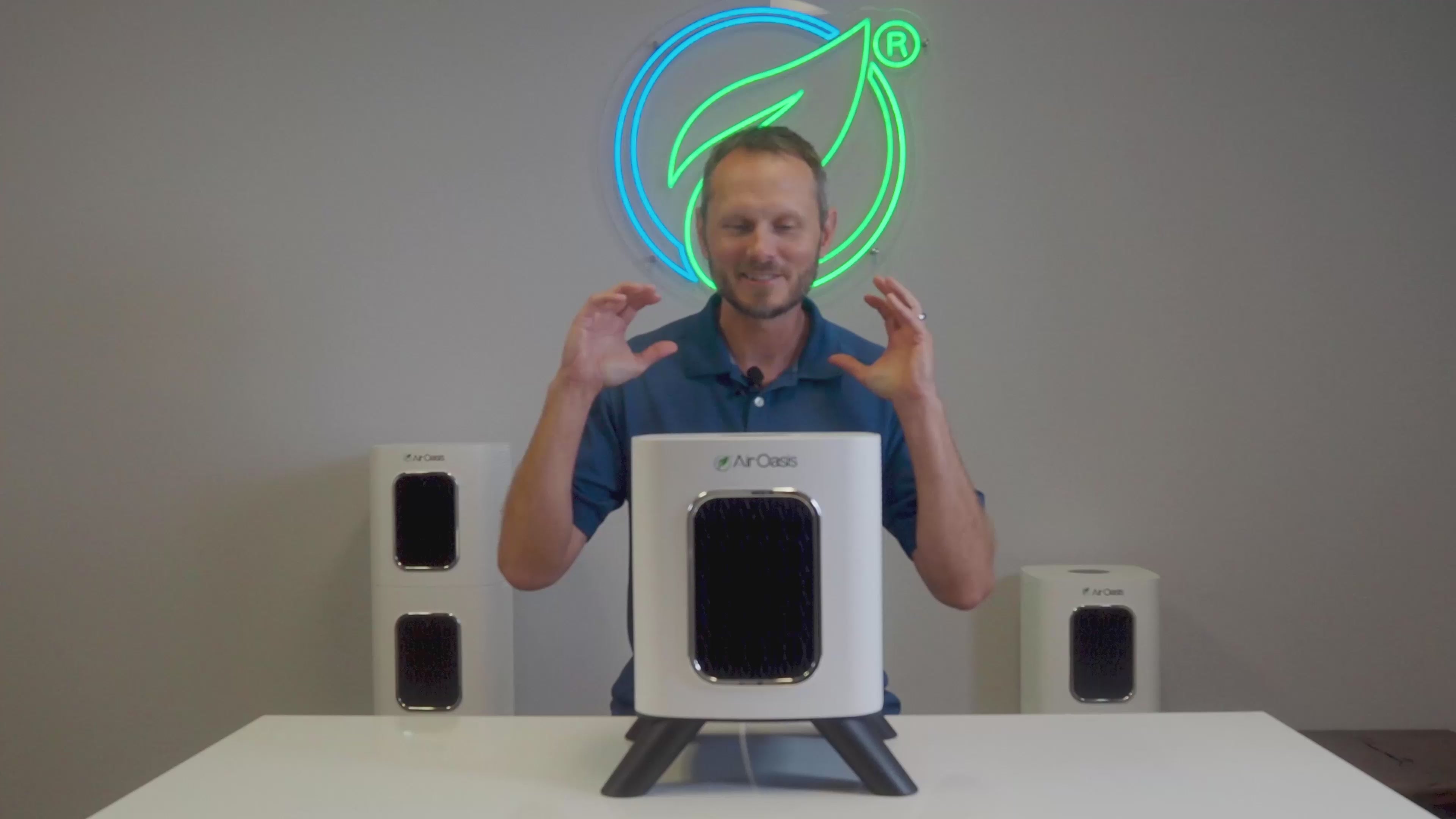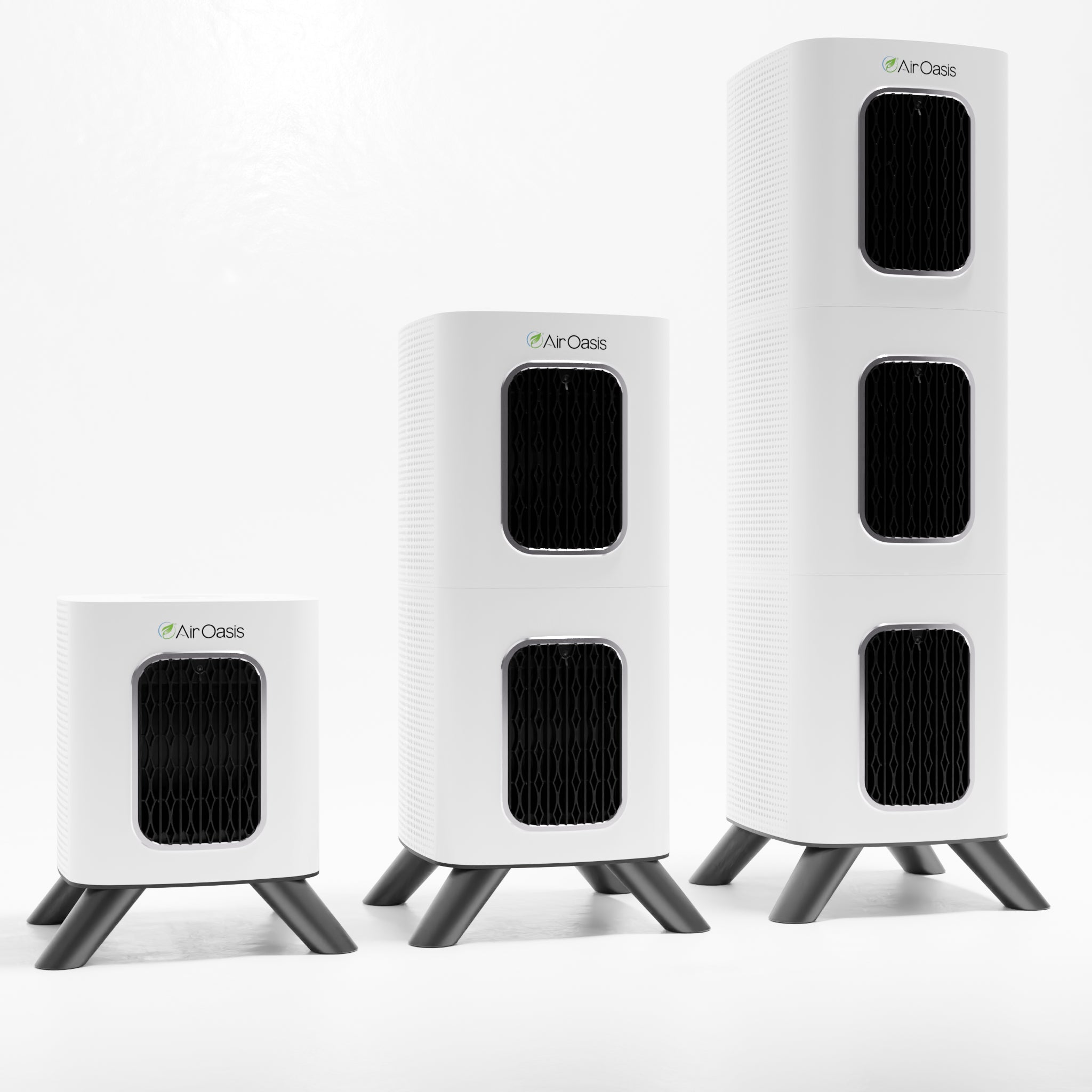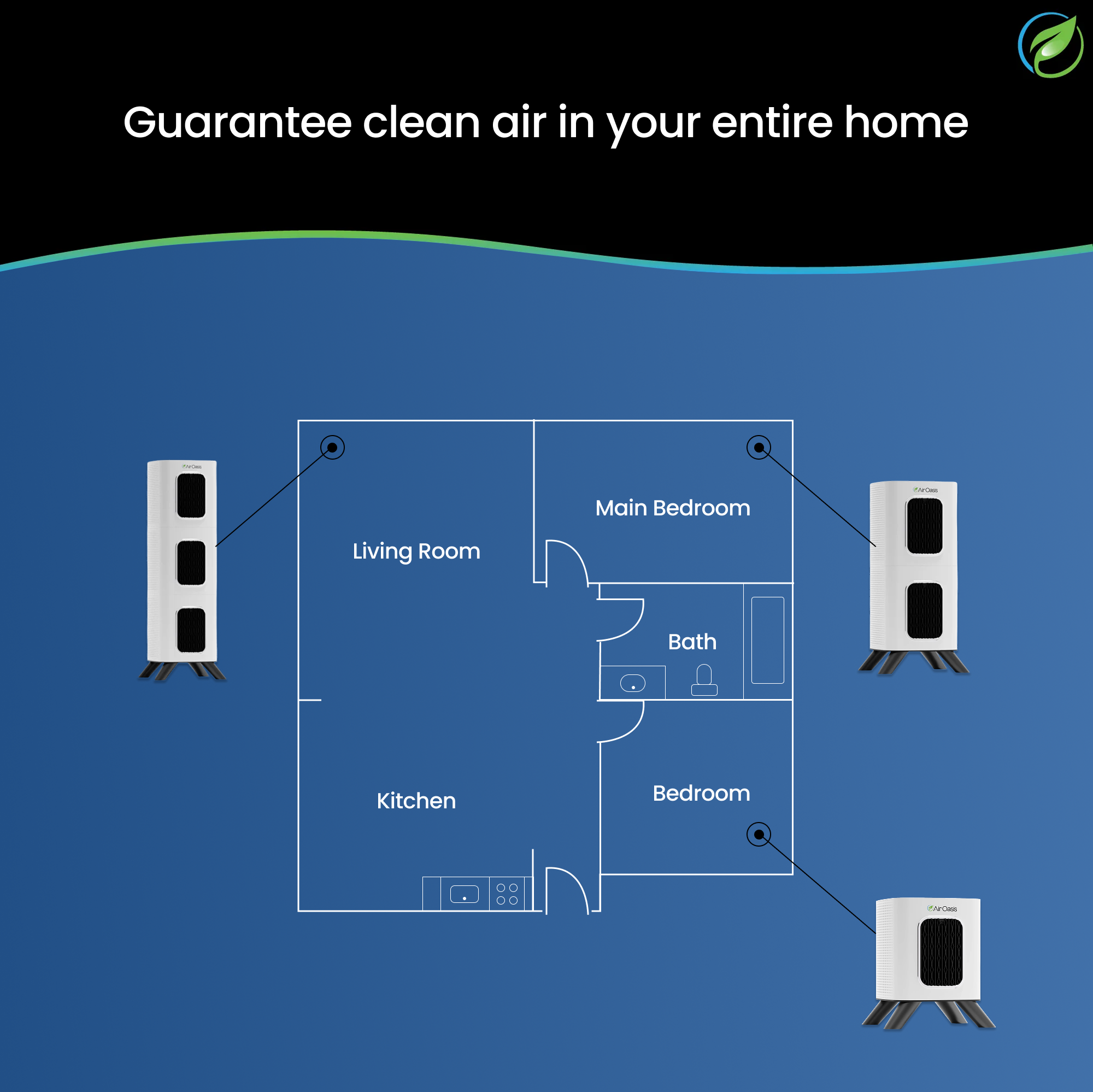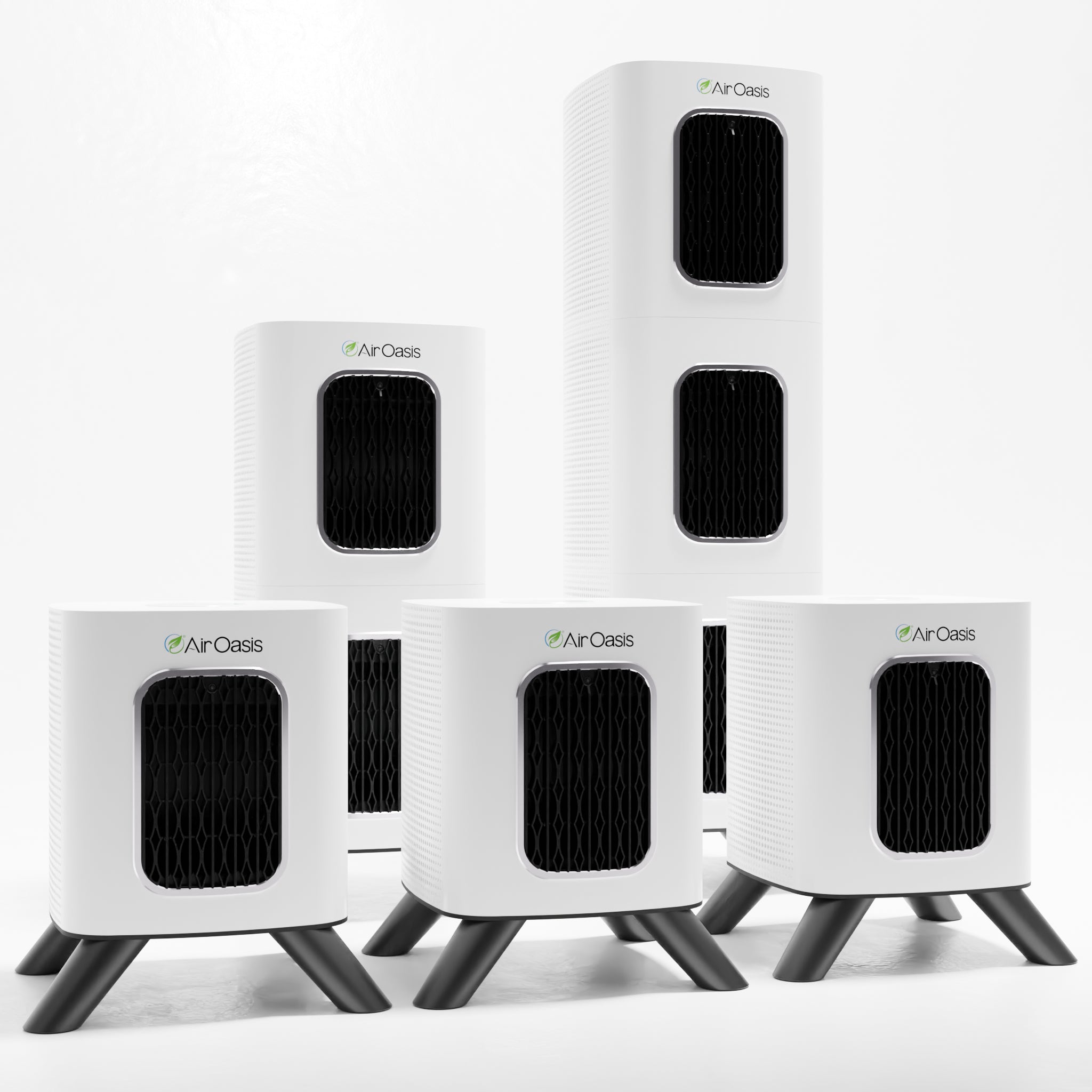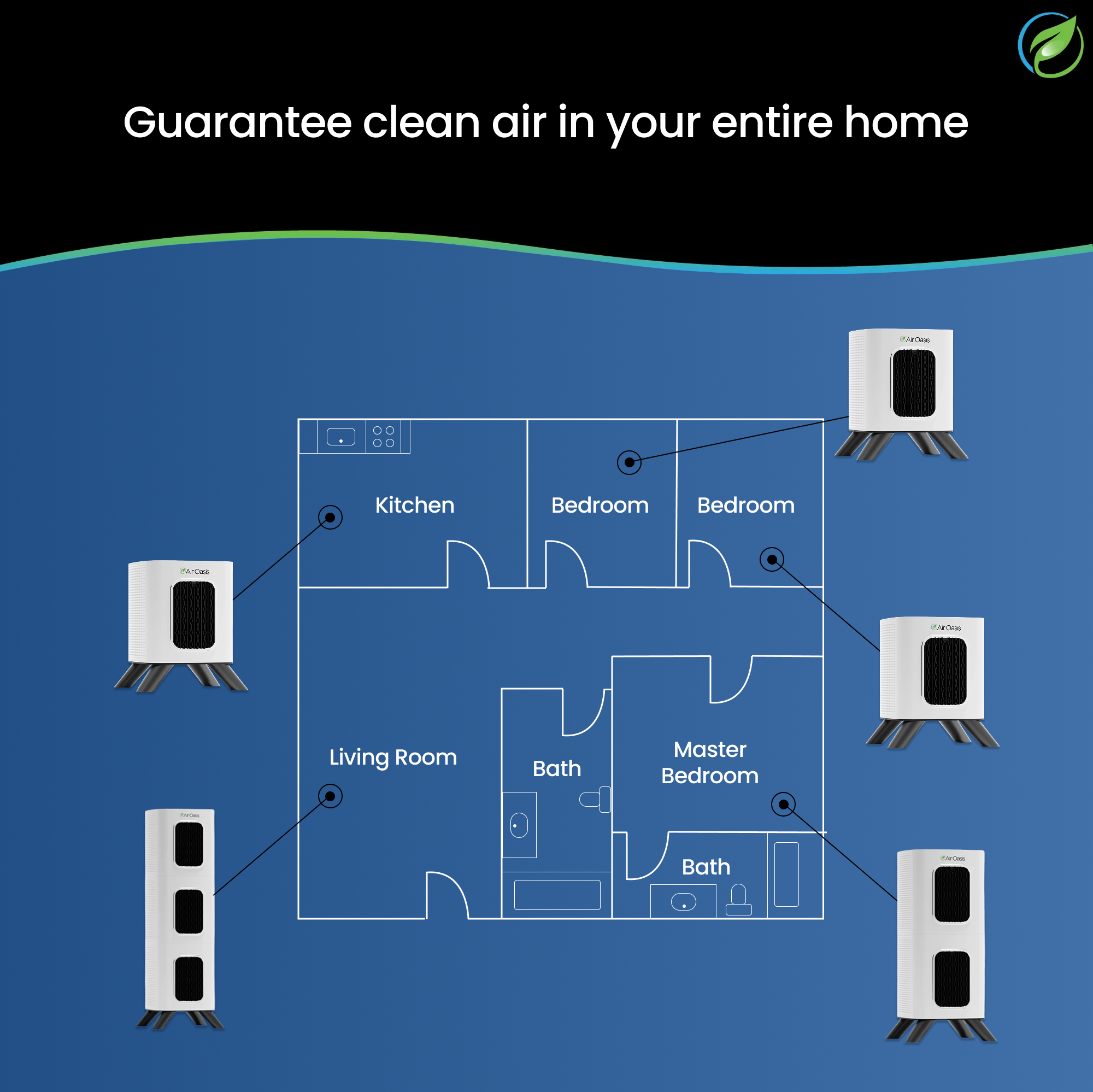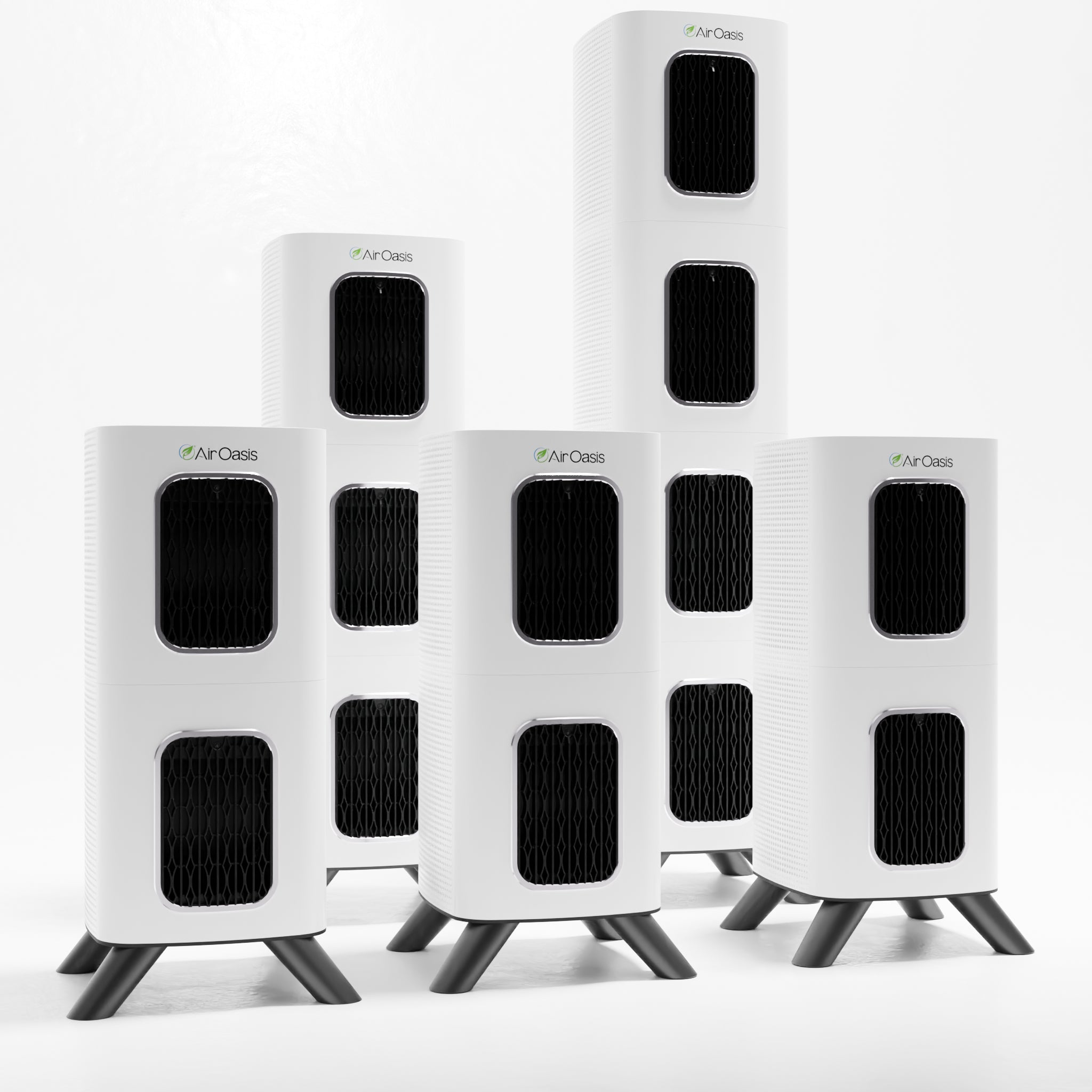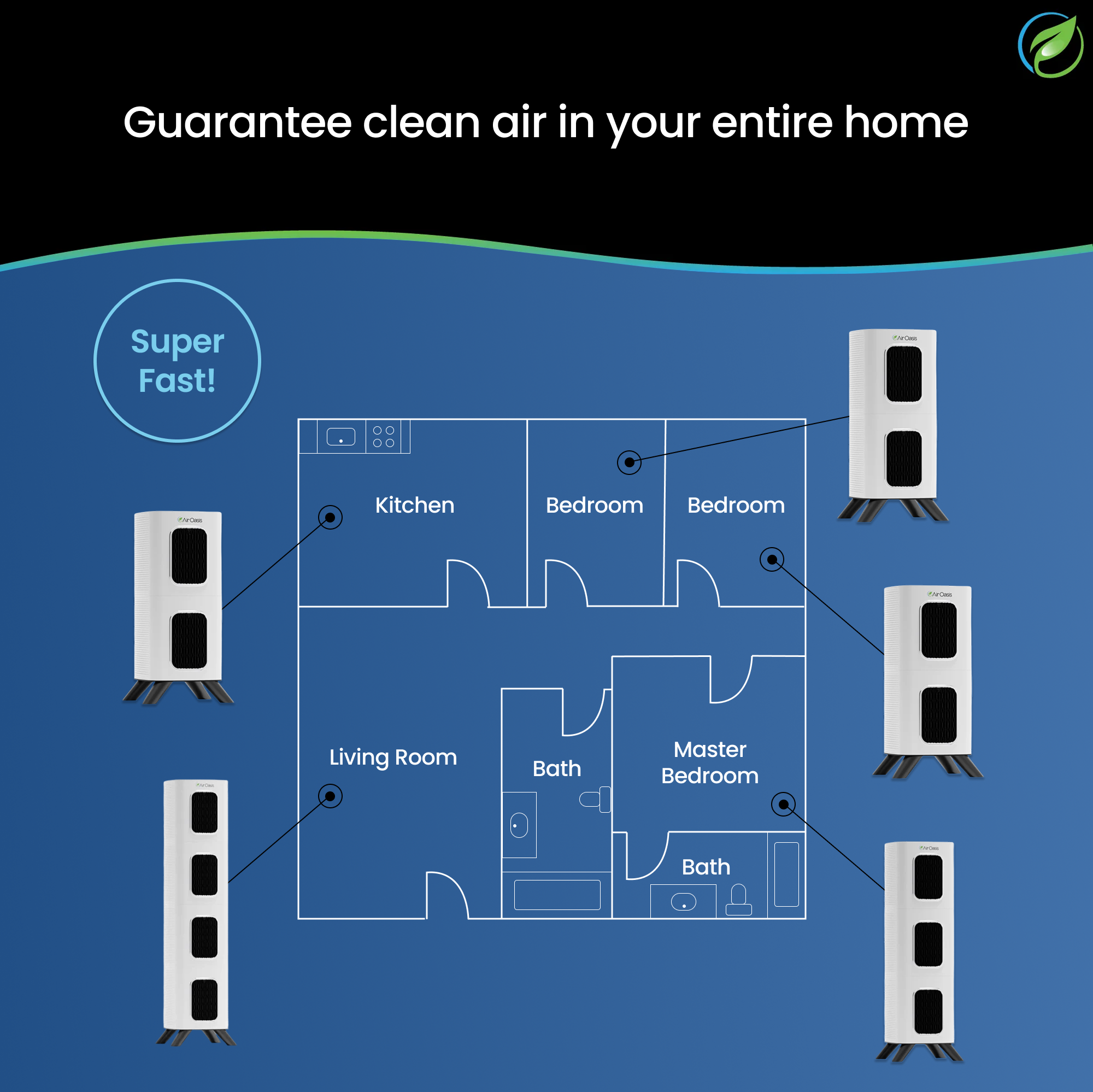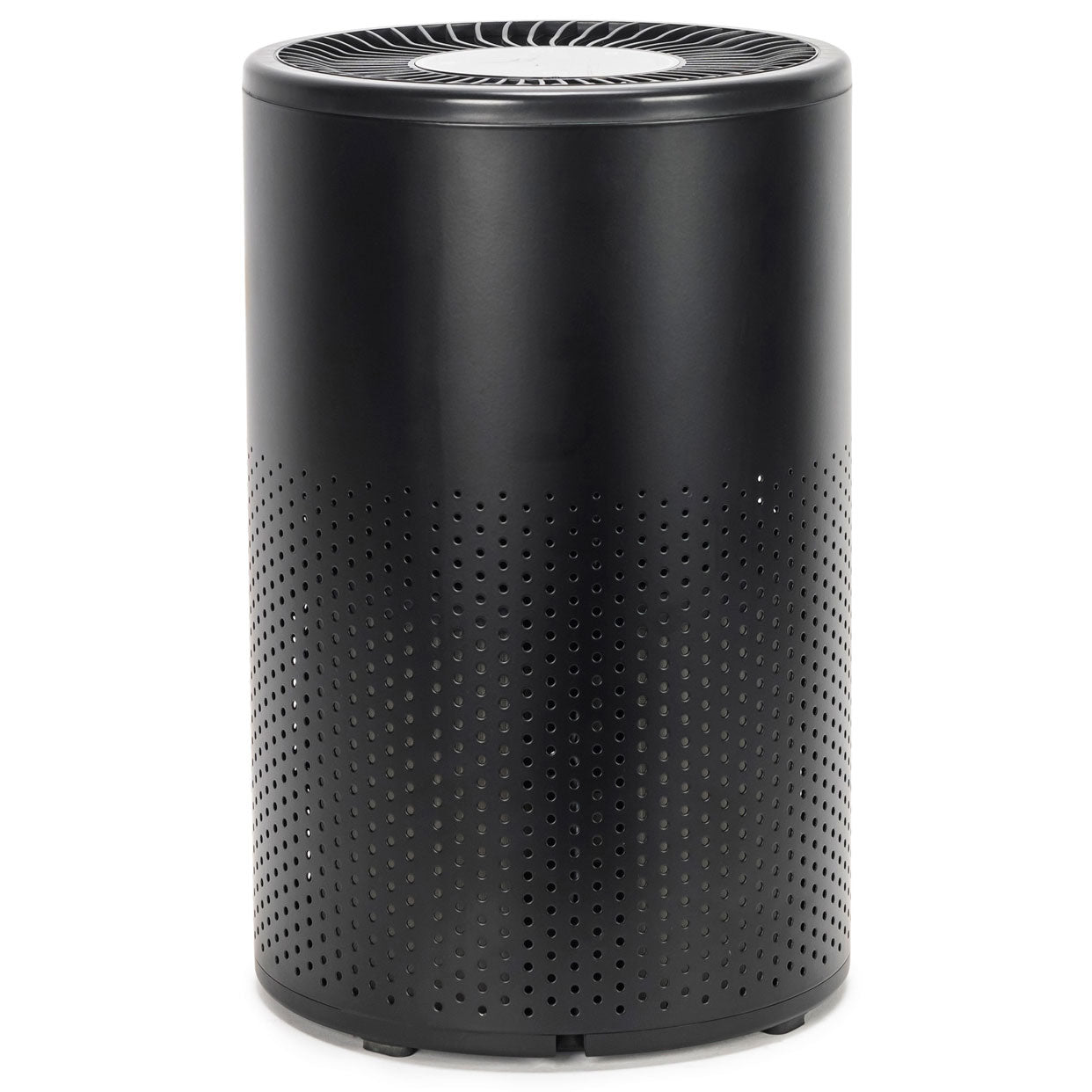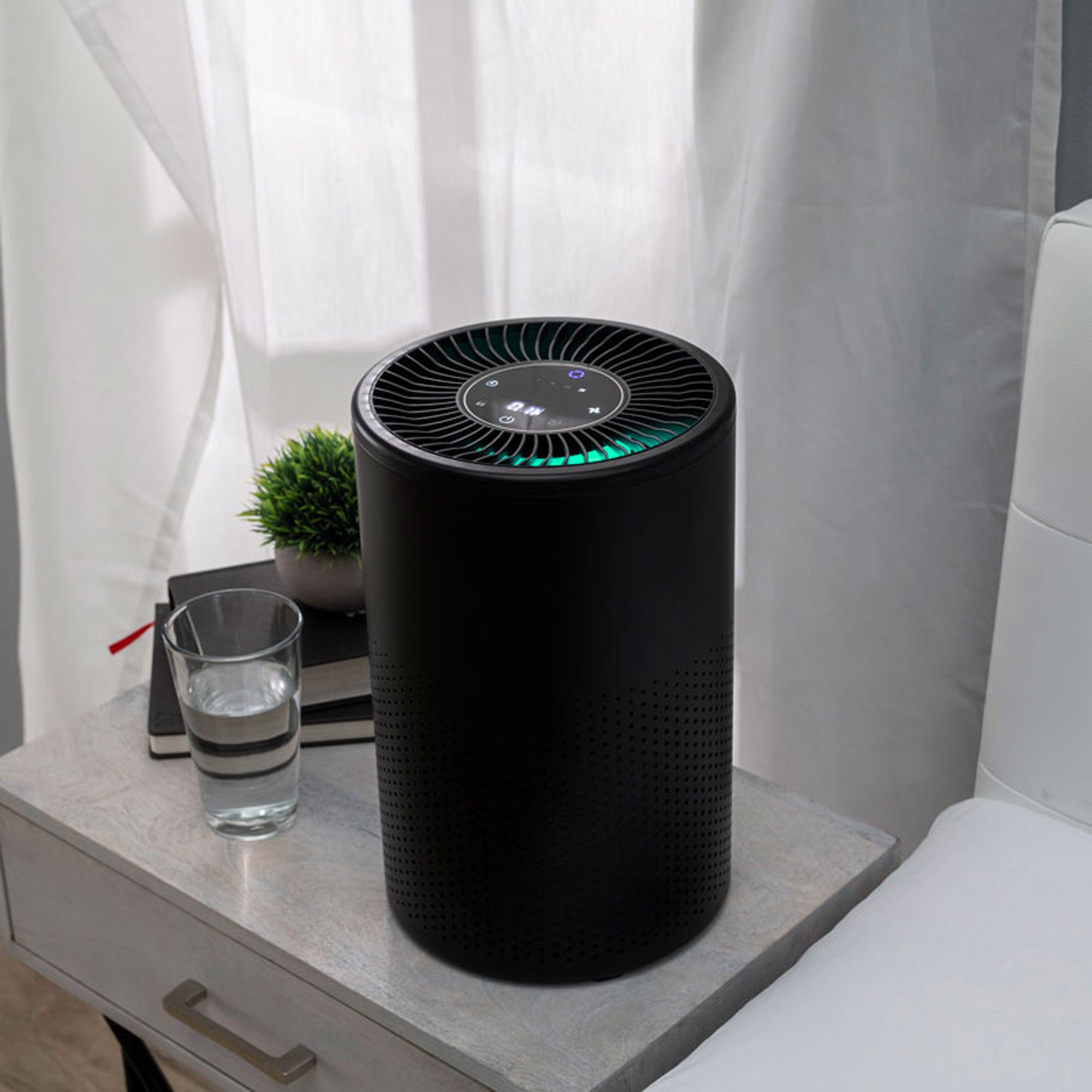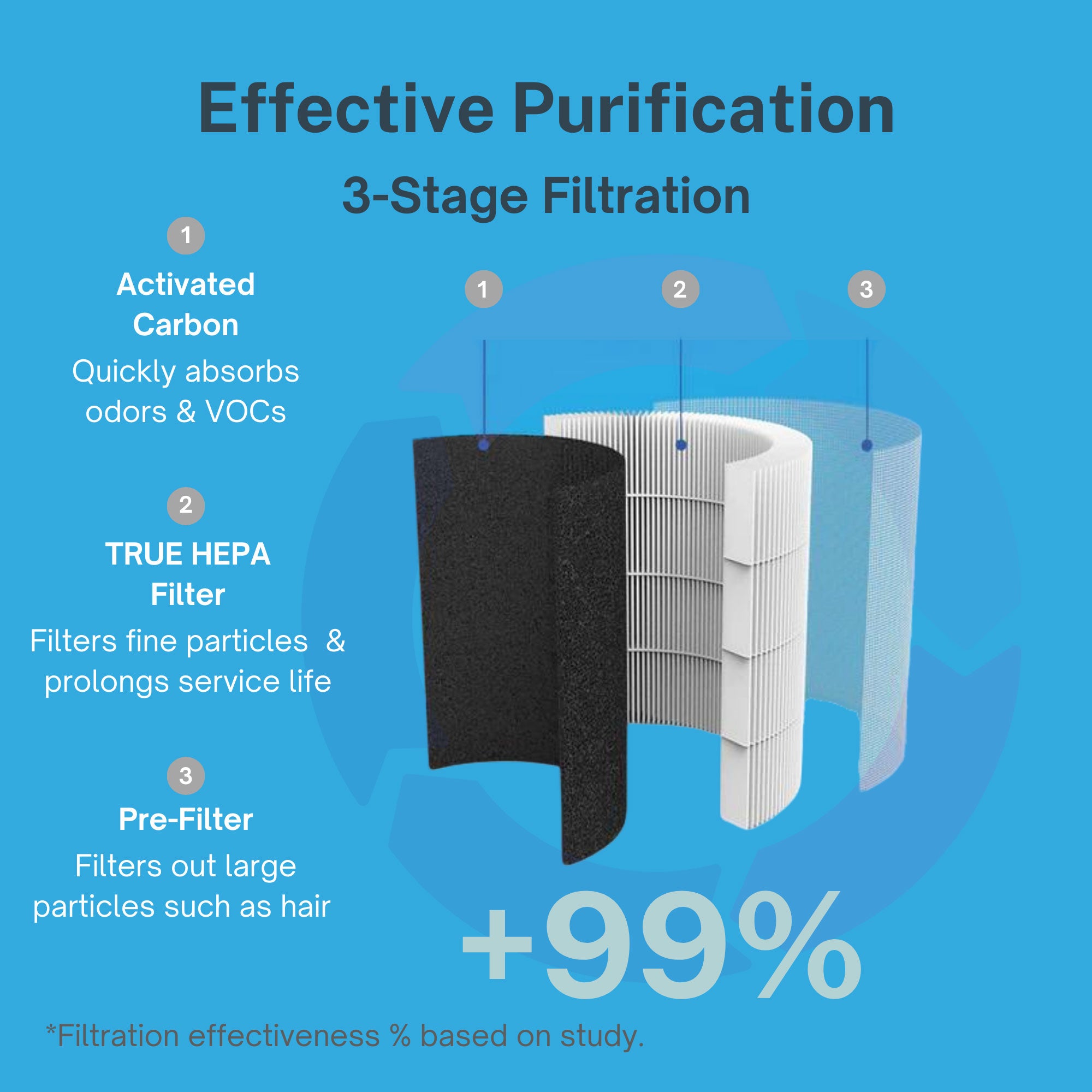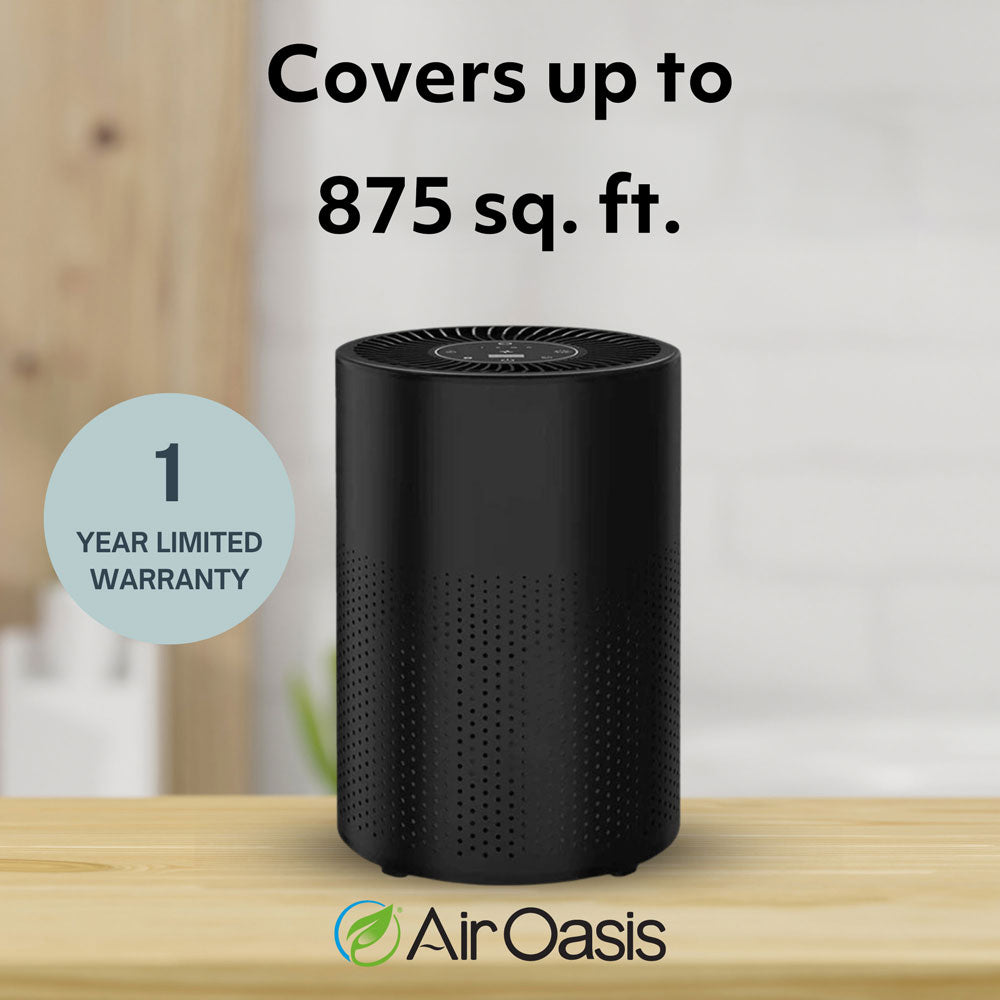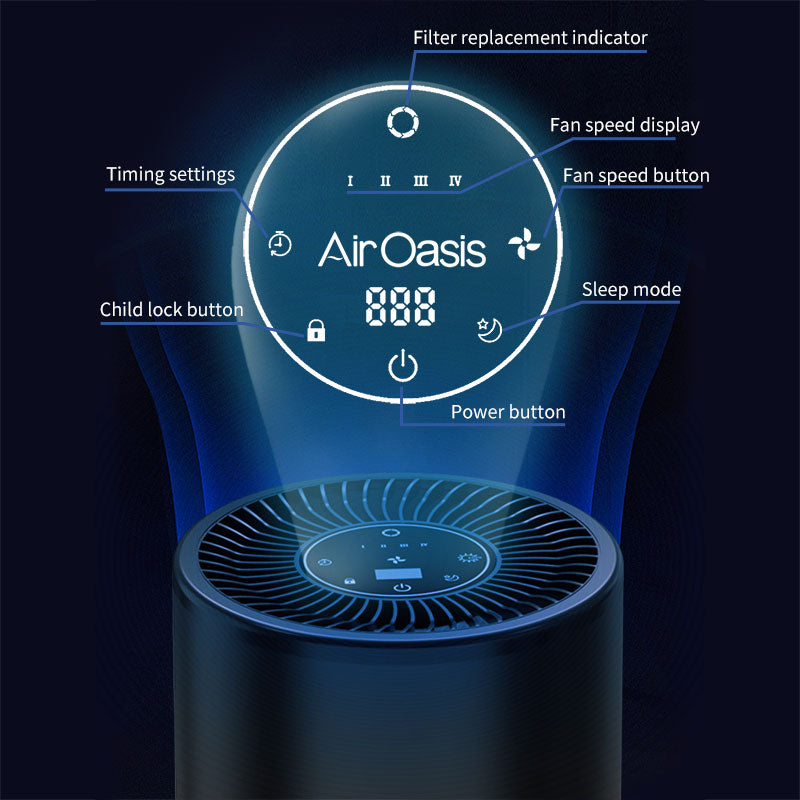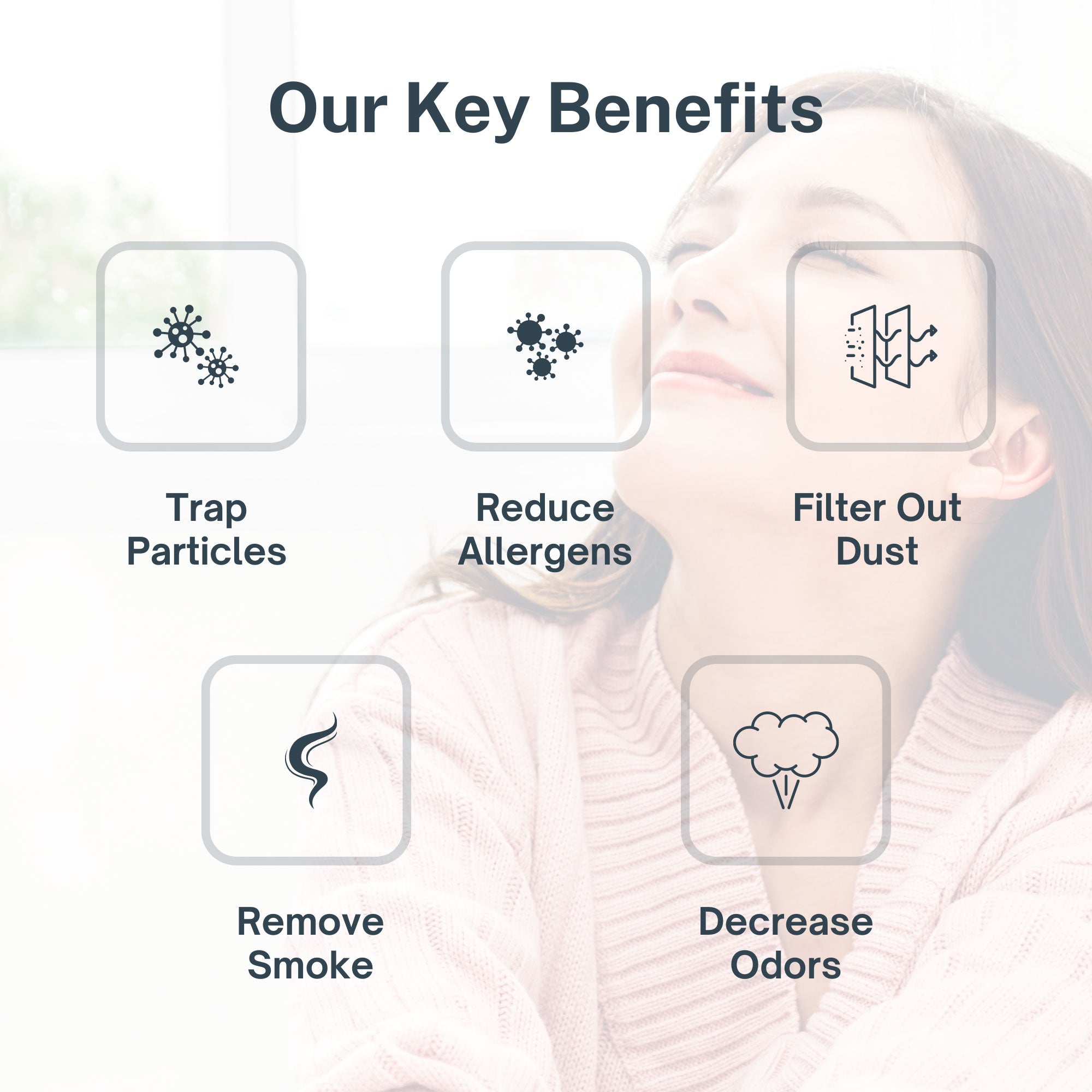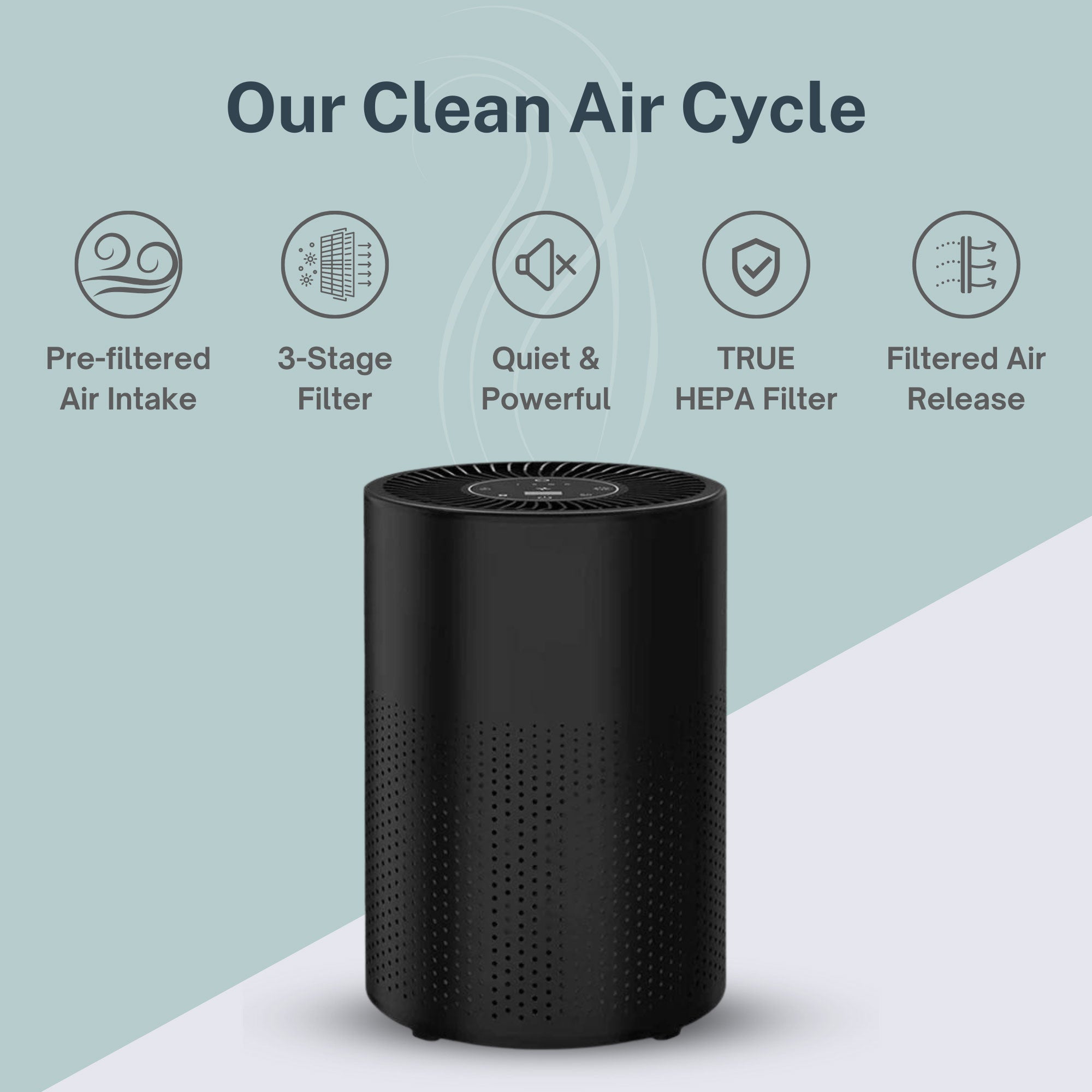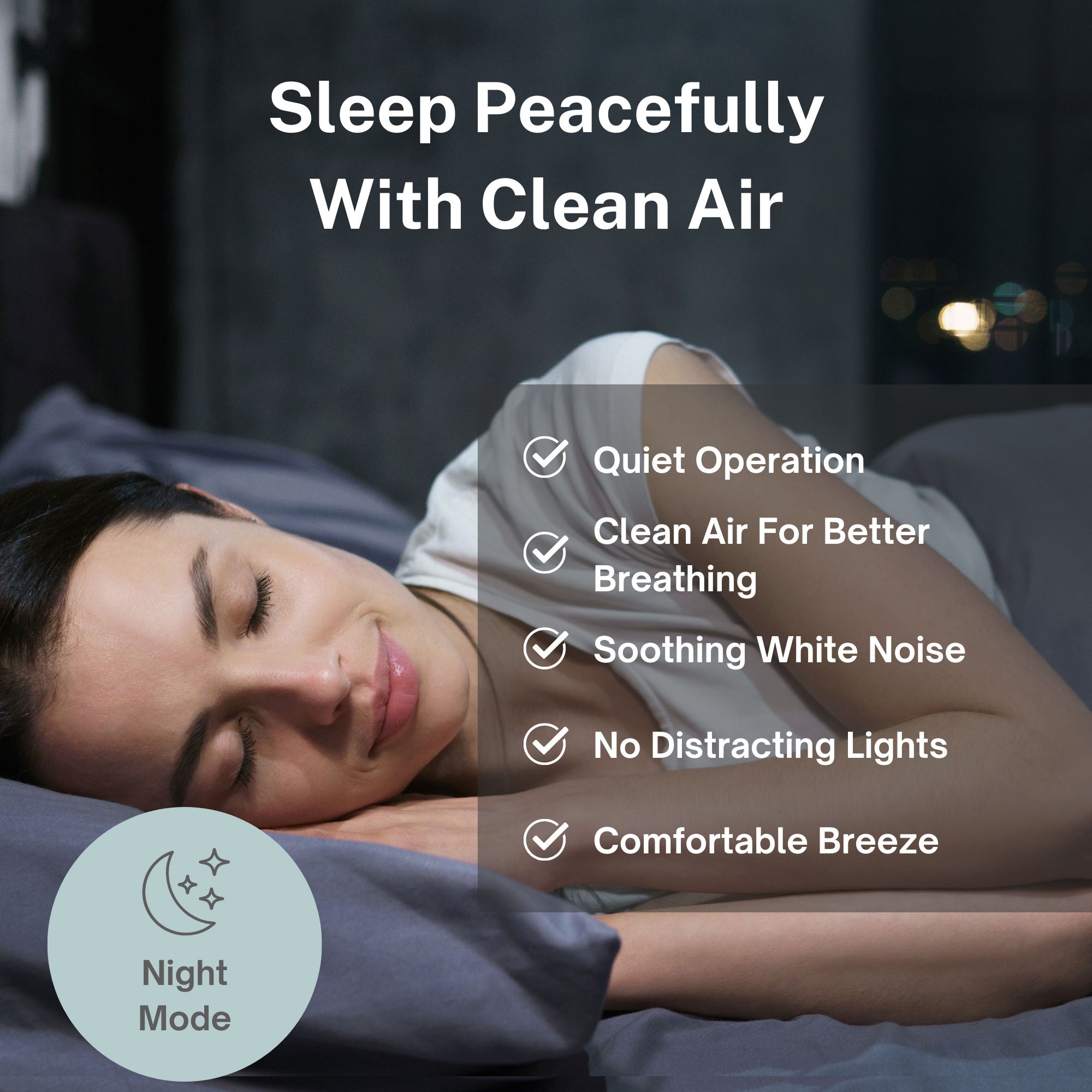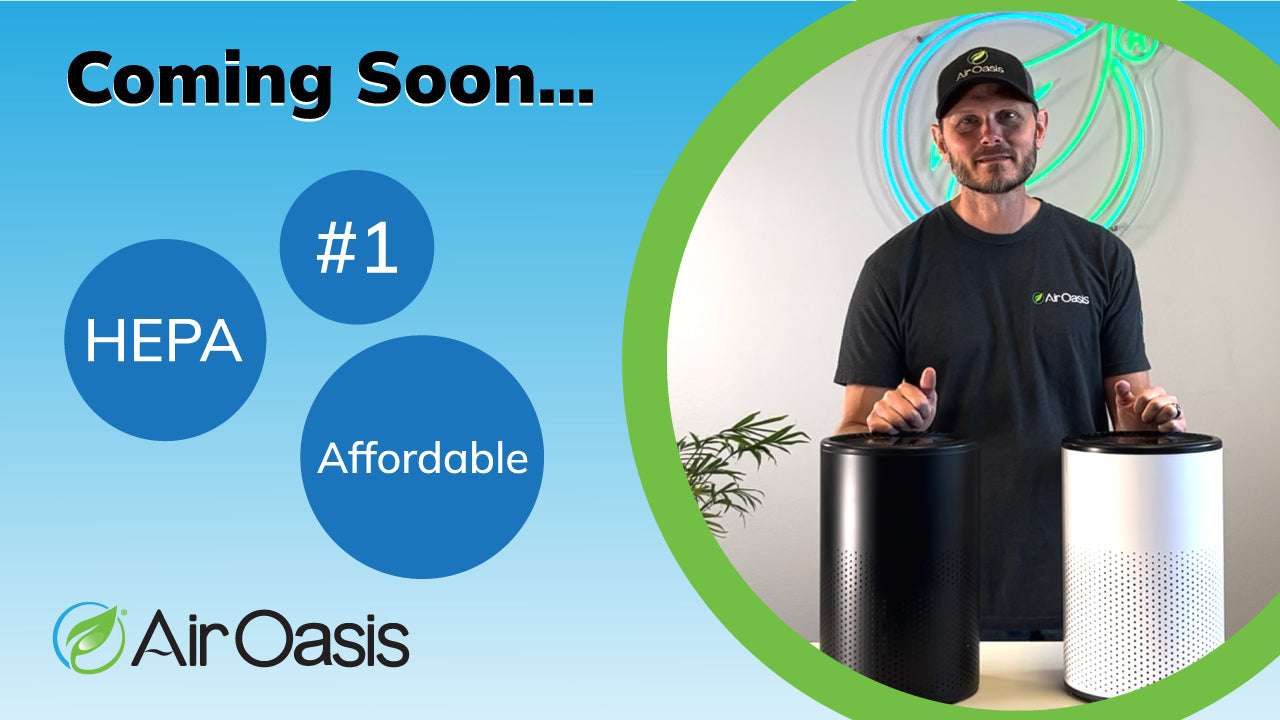At a time when it seems people don’t agree on much, it’s heartening to find something that brings us together. We love our pets! A whopping 67 percent of American households own a pet. Whether you consider yourself a dog person or a cat person, your furry (or feathered) friend is part of the family.
If you’re one of the 85 million families that have a pet, there’s good news. Owning a pet has been shown to decrease stress and blood pressure. And then there’s the less quantifiable but just as important aspects of pet ownership—love and happiness!
While the benefits far outweigh any drawbacks, it’s worth being aware of how our pets can potentially impact our environment in negative ways. Having animals around does have an effect on our surroundings—namely the air quality inside our homes. Also, just as pets can harm air quality, poor air quality can also harm our pets. In addition to high-quality air purifiers, there are other things you can do to keep you and Rover living happily and healthily.
Is Sparky Damaging Your Air Quality?
There is a lot of misinformation out there about what actually makes people have allergies to dogs, cats, and other pets. When someone has a pet allergy, they are actually allergic to the animal’s saliva, urine, or dander. So, what is dander, anyway?
Pet dander refers to tiny pieces of skin that are shed by animals with fur or feathers. Much of the dander is microscopic. Since it’s so tiny, it can easily remain suspended in the air for long periods of time. When pet dander is inhaled is when it becomes a problem to those with a pet allergy. It’s small enough that it can actually penetrate the lungs.
Now that you know what dander is and where it comes from, you also know the truth about hypoallergenic pets—they do not exist. Dander does not come from fur, but from the animal’s skin. Everything with fur or feathers produces dander. While some breeds tend to produce less than others, there is no such thing as a dander-free dog (sorry, labradoodles!). Even hairless cats produce dander.
When we talk of dander, most people think about dogs and cats, but other animals like birds and guinea pigs are sources of dander as well. There is even a kind of hypersensitivity pneumonitis, an inflammation of the air spaces within the lung, called bird-fancier’s lung (BFL). It is caused when people breathe in bird dander and dried droppings that have become airborne. It causes breathlessness, fever, and weight loss. Enough of that bunny (bird) trail.
Polly Wants a HEPA Filter Air Purifier
Our pets are not only the cause of impaired air quality—they are also the victims. While pet dander does not tend to impact pets, there are plenty of other toxins in the air that can affect our four-legged and winged friends.
It’s estimated that 1.6 million people die annually from indoor air pollution, and our pets breathe the same air that we breathe. While humans take an average of 12 to 16 breaths per minute, dogs take anywhere from 18 to 34 and cats anywhere from 16 to 40. This means that, pound for pound, our canine and feline companions are breathing in even more air pollution that is in the environment.
In a recent study, dogs were found to have 2.4 times the amount of perfluorochemicals (PFCs) in their bodies than humans. PFCs are the chemicals used to make products that are resistant to heat, oil, stains, grease, and water. Your non-stick pans were made using PFCs. While evidence is still inconclusive, some studies of PFCs in humans have shown that they may be associated with developmental delays in fetuses and children.
The same study that measured PFCs in dogs also looked at polybrominated diphenyl ethers (PBDEs) in cats. PBDEs are flame retardants, and cats were found to have 23 times higher PBDE levels in their bodies than humans. Flame retardants are in everything from appliances to carpets. They can also migrate out of the products they started in and end up in house dust.
Think about where your cat is spending most of its time. Cats are close to the ground, which means they are breathing closer to many of the products that contain PBDEs, and they are also breathing closer to where PBDEs are accumulating in the environment. Studies of PBDEs in animals suggest that they impact brain development and hormone levels. Studies of PBDE levels in pregnant women show that higher PBDE levels are associated with lower levels of intelligence, attention, and fine motor skills in their children.
Birds breathe at an even faster pace on average than humans, dogs, and cats—anywhere from 25 to 40 times a minute. They exchange half of the oxygen in their bodies every minute! Their efficient respiratory system allows them to fly, but it also makes them extremely susceptible to poor air quality.
You’ve heard of the canary in the coal mine. Miners in the 1900s brought canaries down to the mines with them to alert them to carbon monoxide and other toxic gasses. While this practice ended in 1986, pet birds unfortunately sometimes serve as the modern-day canary in the coal mine, or rather the canary in the kitchen.
Polytetrafluoroethylene (PTFE) toxicosis occurs in birds that are exposed to the noxious fumes emitted when non-stick cookware is overheated. The birds usually die within a day of exposure. Birds’ respiratory systems are so sensitive that bird owners have to be careful of many potential sources of airborne dangers: non-stick coatings, fabric protectors, air fresheners, perfumes, floor refinishers, household cleaners, and wood stoves.
Don’t Worry, You Can Keep Your Pets!
Please don’t get rid of your furry and feathered companions! There are many things you can do in your house to protect you and your pets from unwanted airborne irritants and dangers.
- Groom your pets regularly. If possible, comb/brush them outside.
- Clean your house frequently so that chemicals and dander don’t build up on surfaces and in carpets.
- Keep your pet’s bedding clean so they don’t continually track hair and dander around the house.
- Use dander-removing products on your pet.
- Keep your pet out of your bedroom. (We know. You’re not going to do that.)
- Choose products that don’t off-gas harmful chemicals.
- Get a true HEPA filter air purifier that can remove dander, PBDEs, VOCs, and other irritants and toxins from the air.
There are so many wonderful aspects to owning a pet. Kids who grow up with pets have been shown to have higher self-esteem, cognitive development, and social skills. Recent research also suggests that kids who grow up with animals in the house have a lower incidence of allergies.
Pets improve our quality of life, and there are several easy steps we can take to ensure that the air in our homes stays clean for our health and for theirs. So, give your pup a treat, curl up with your cat, and enjoy!





